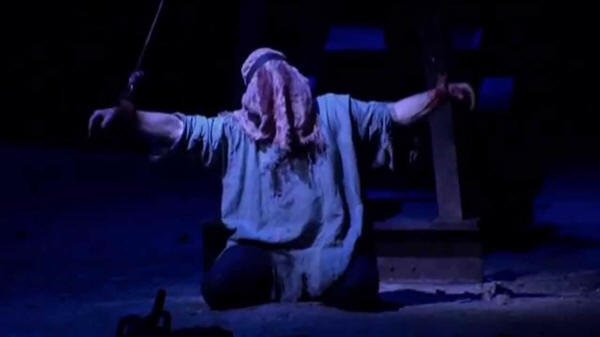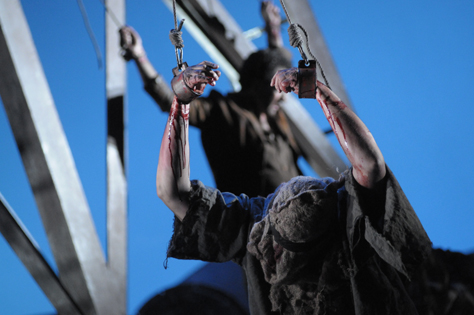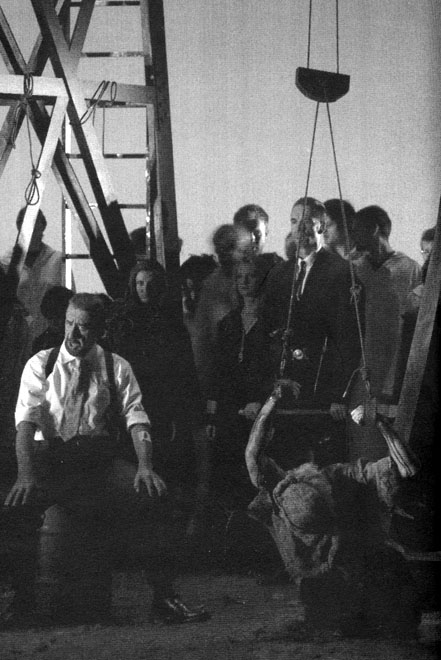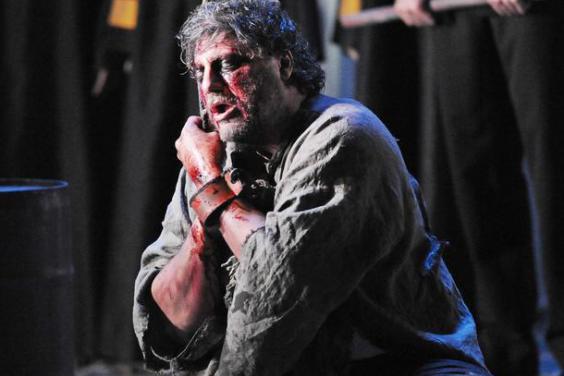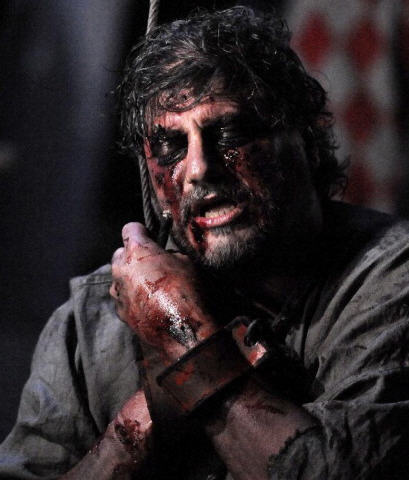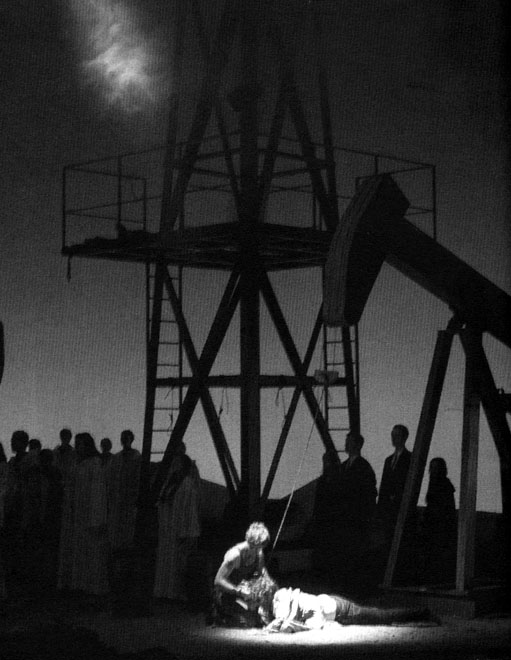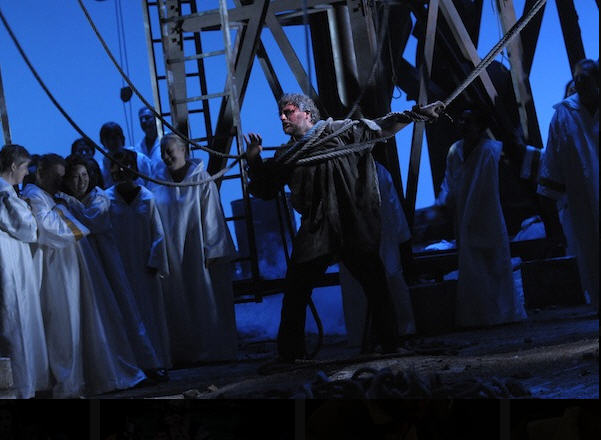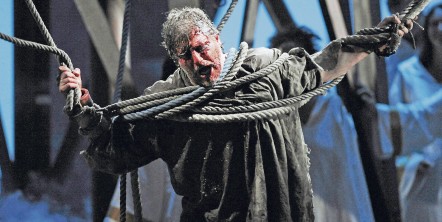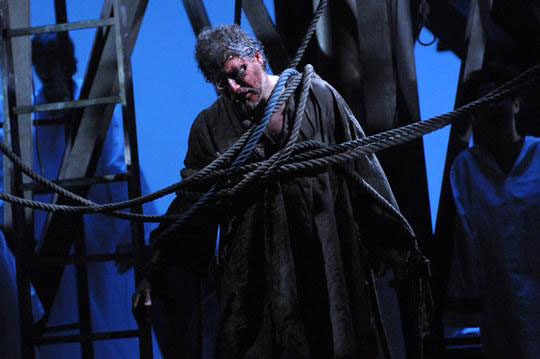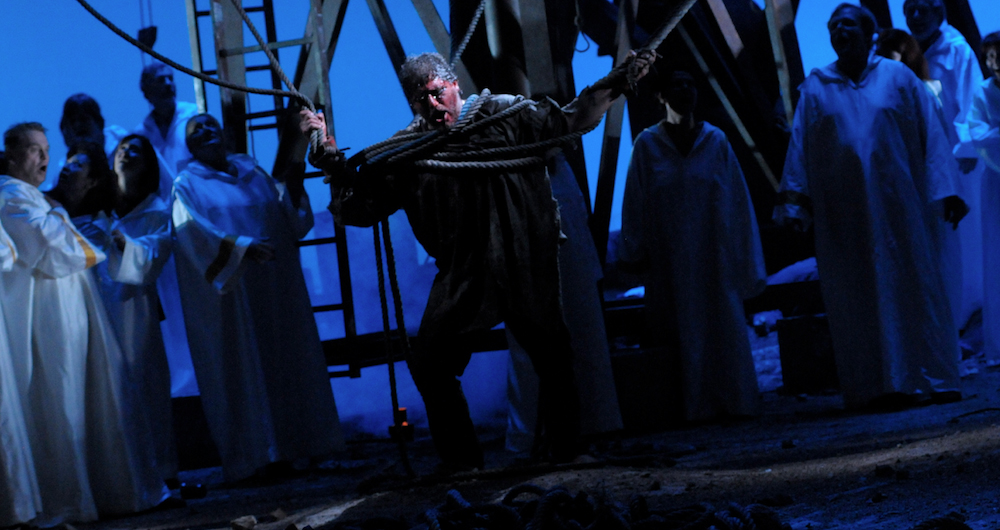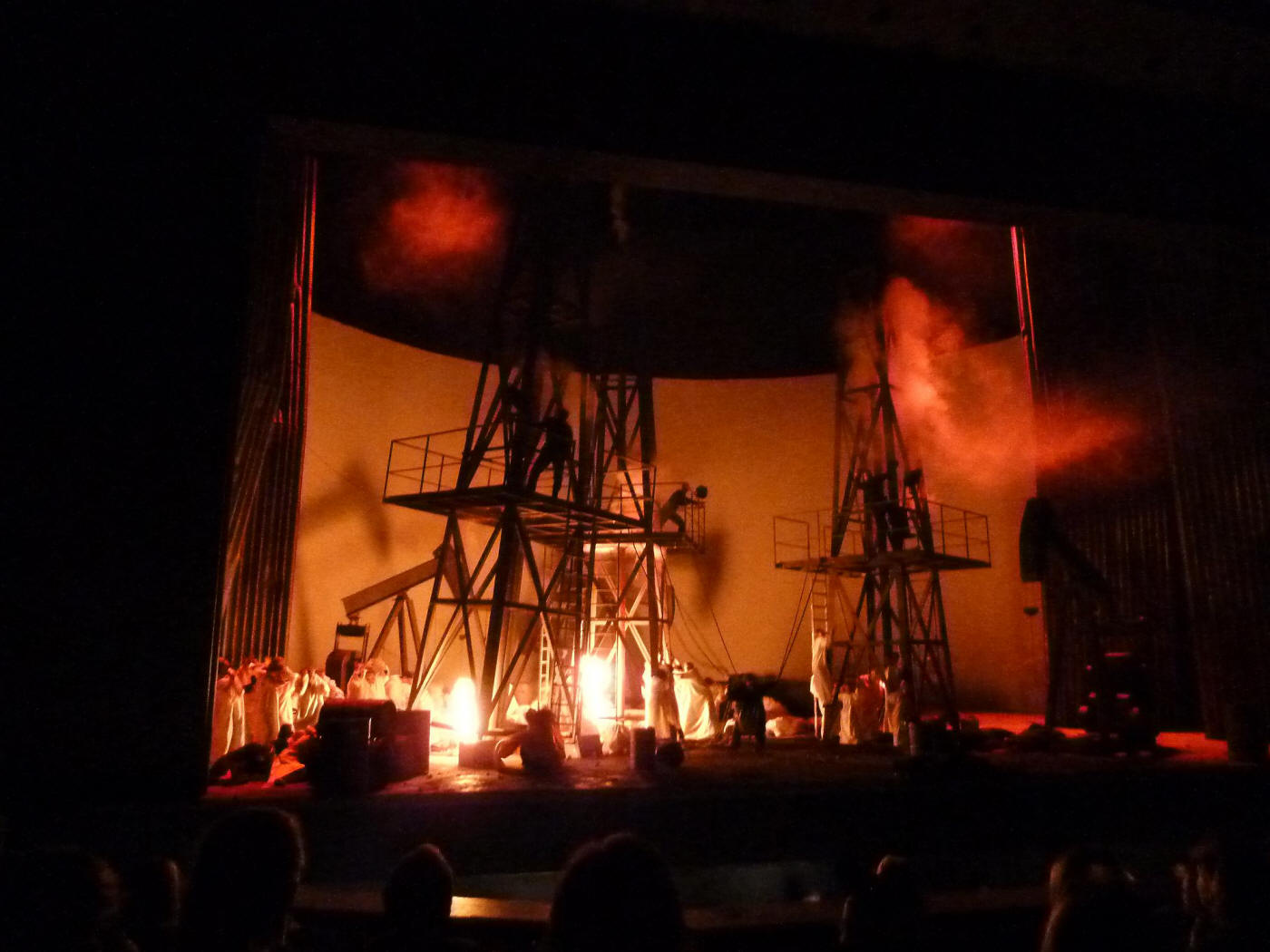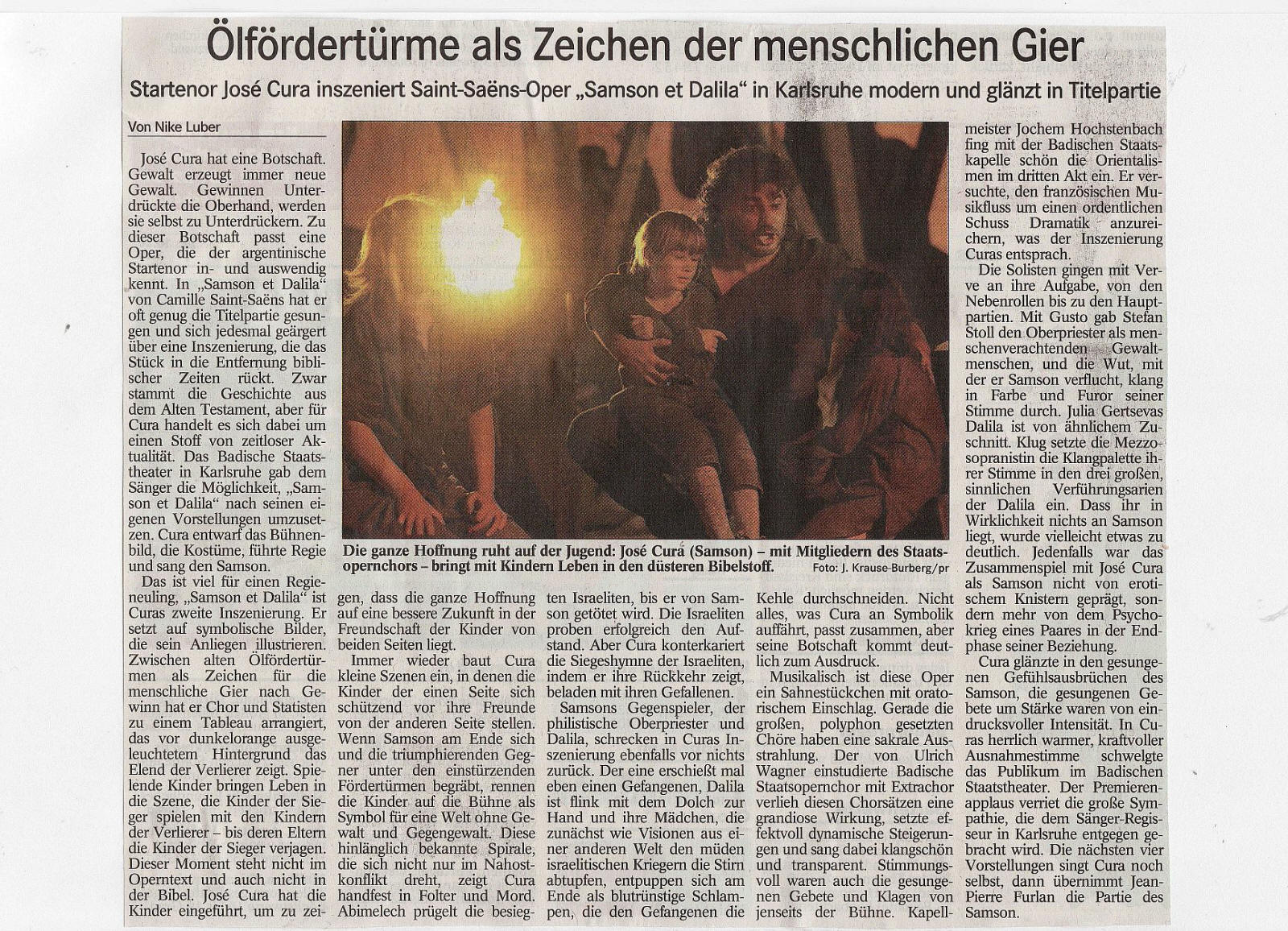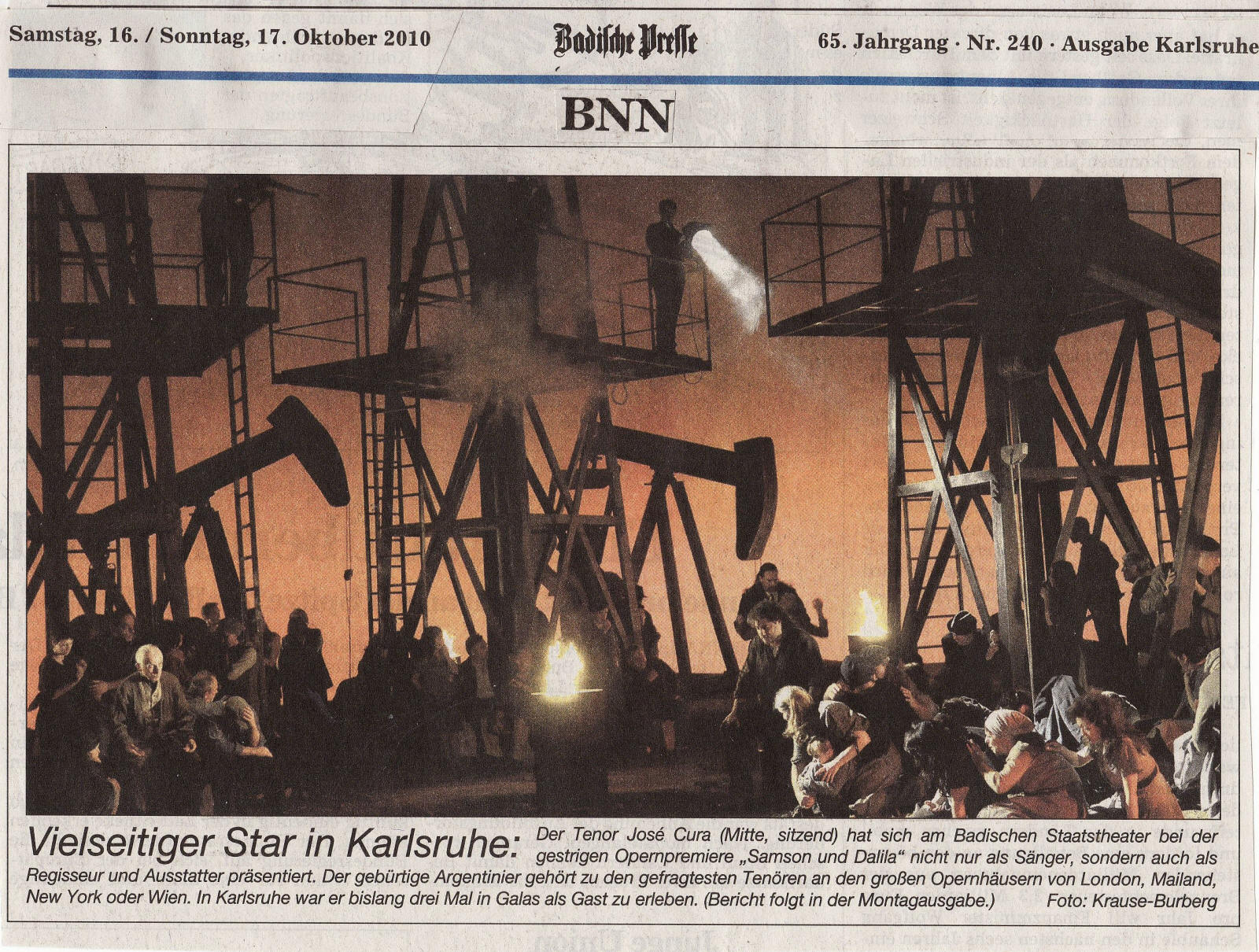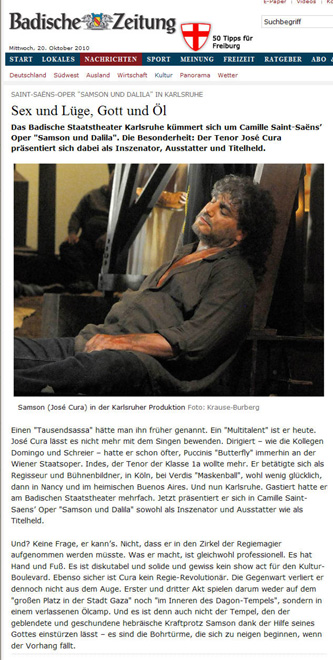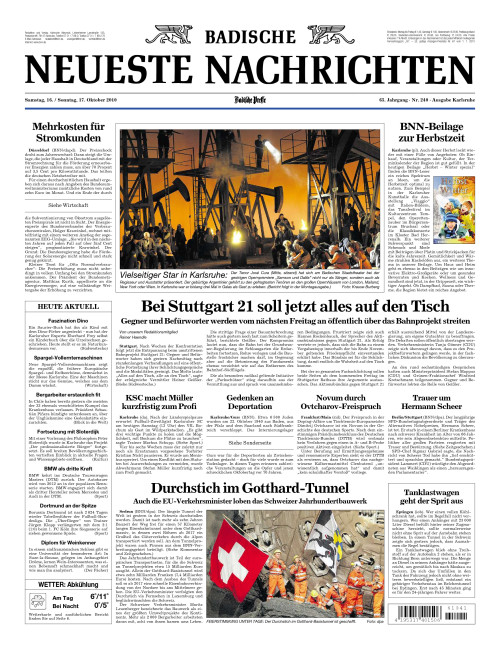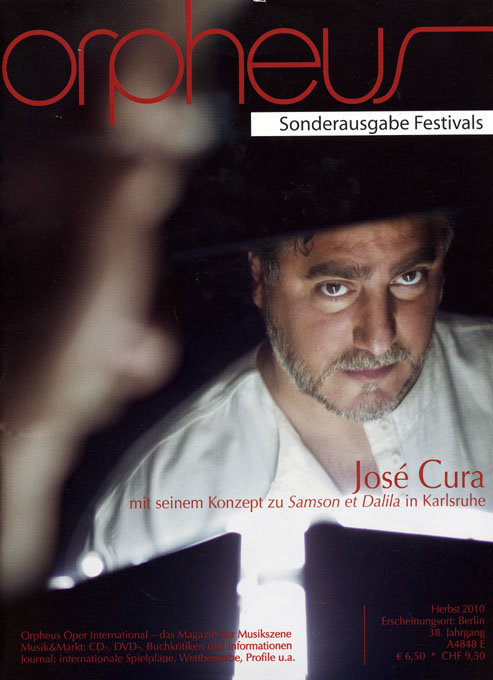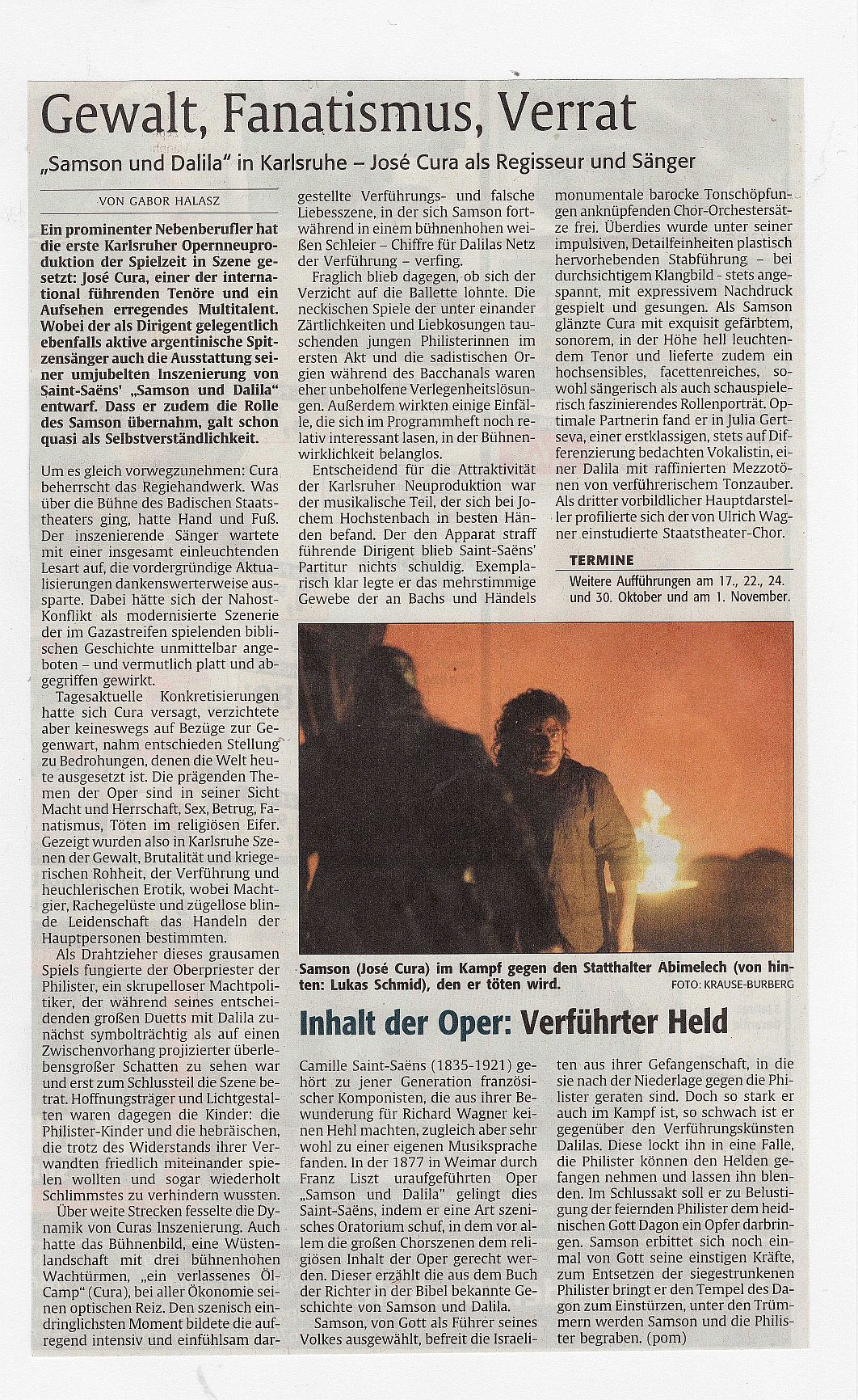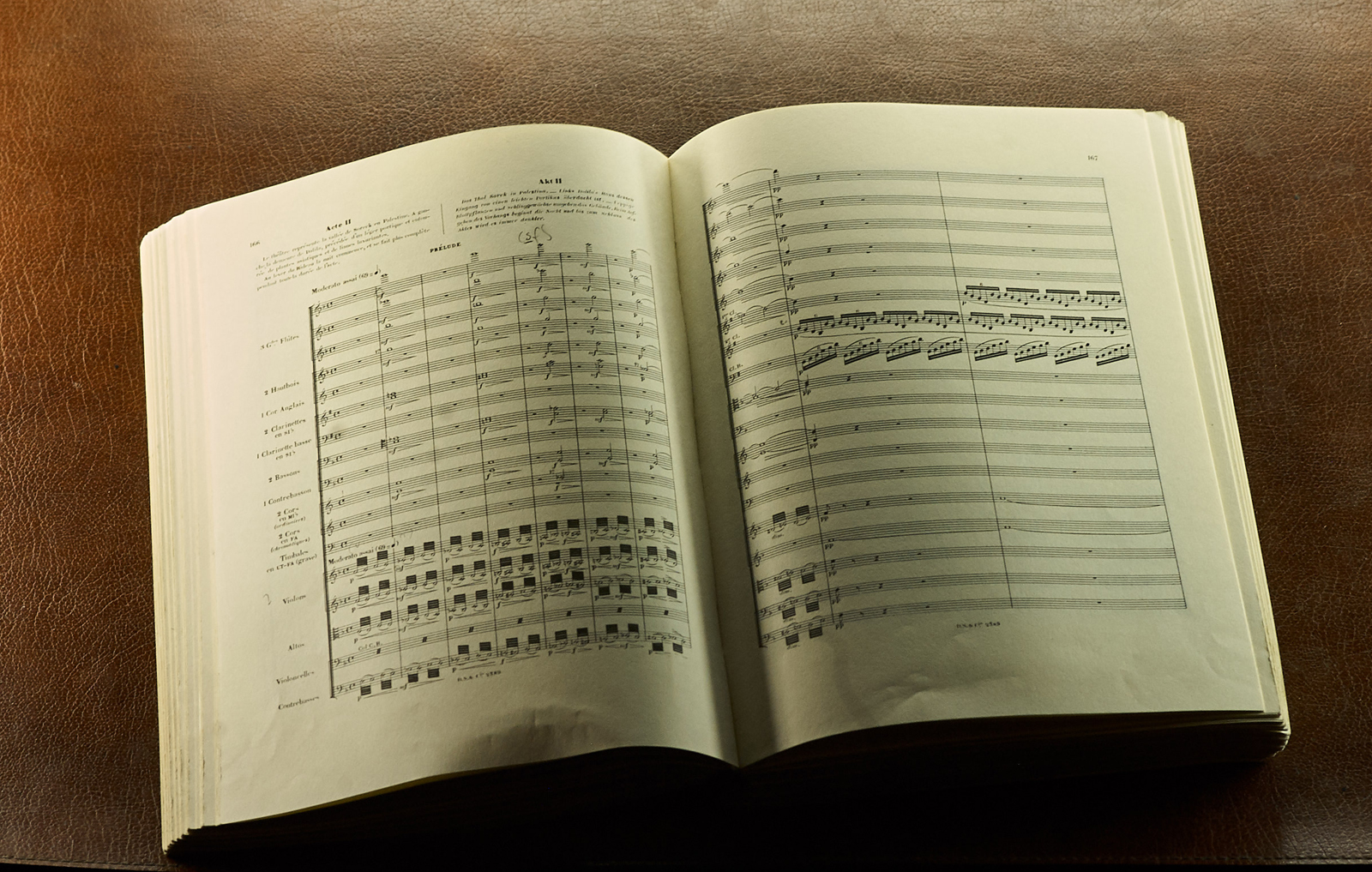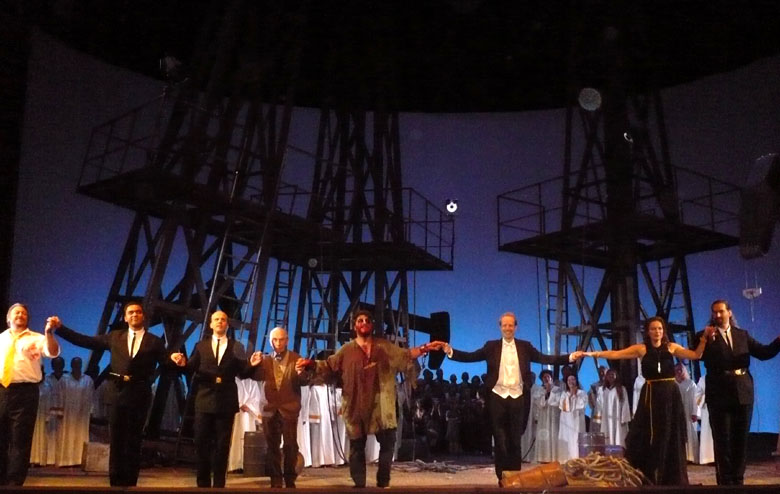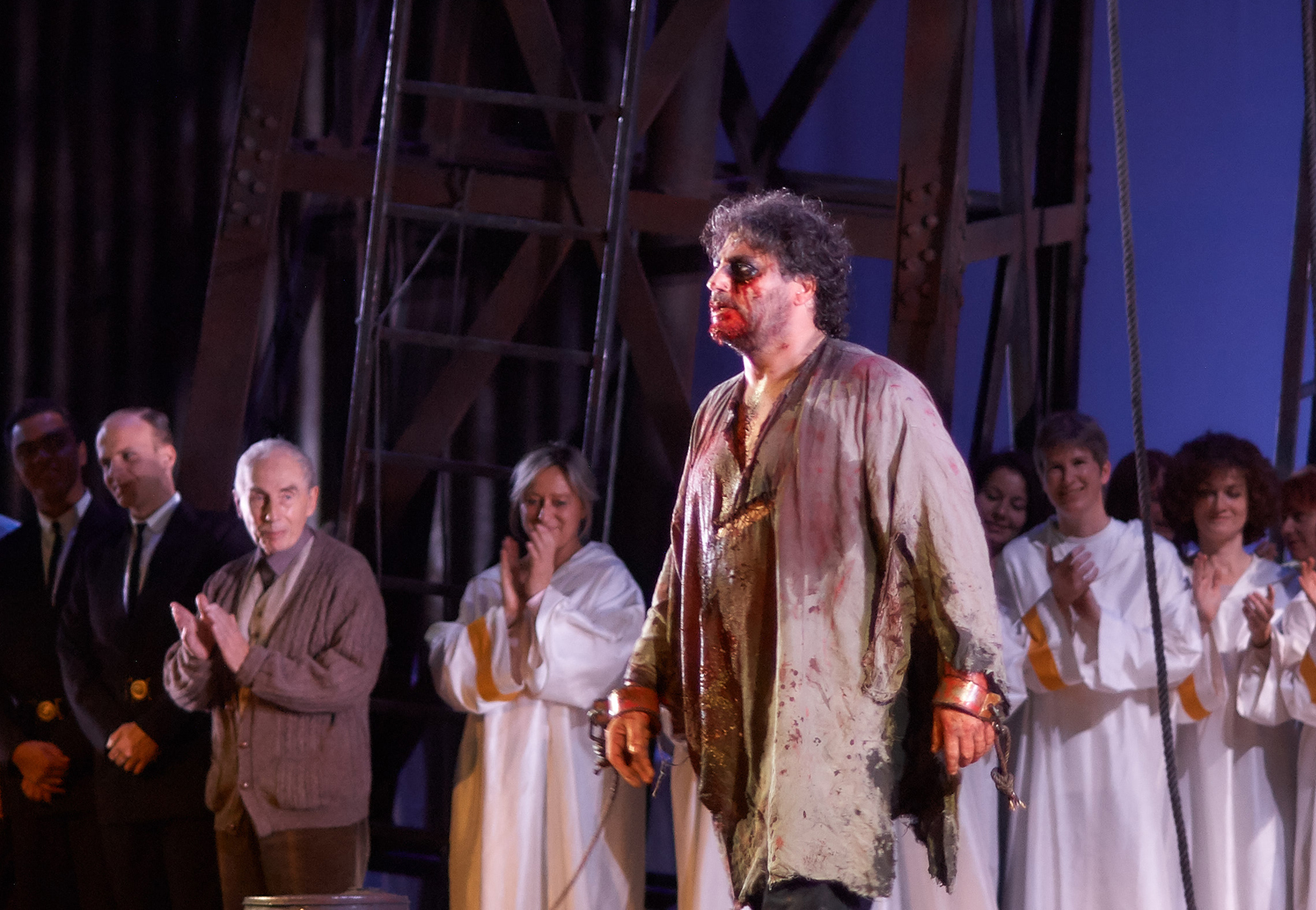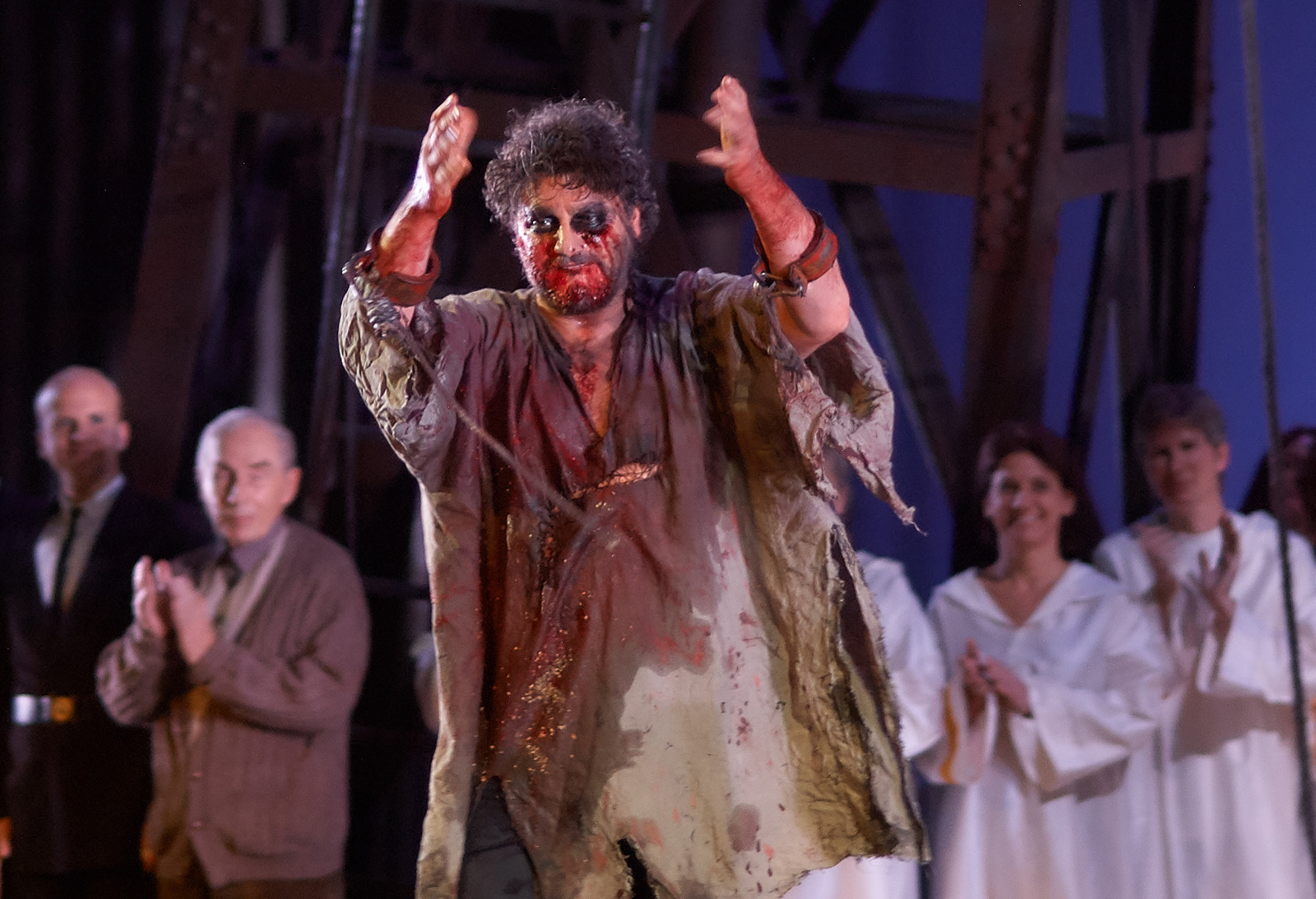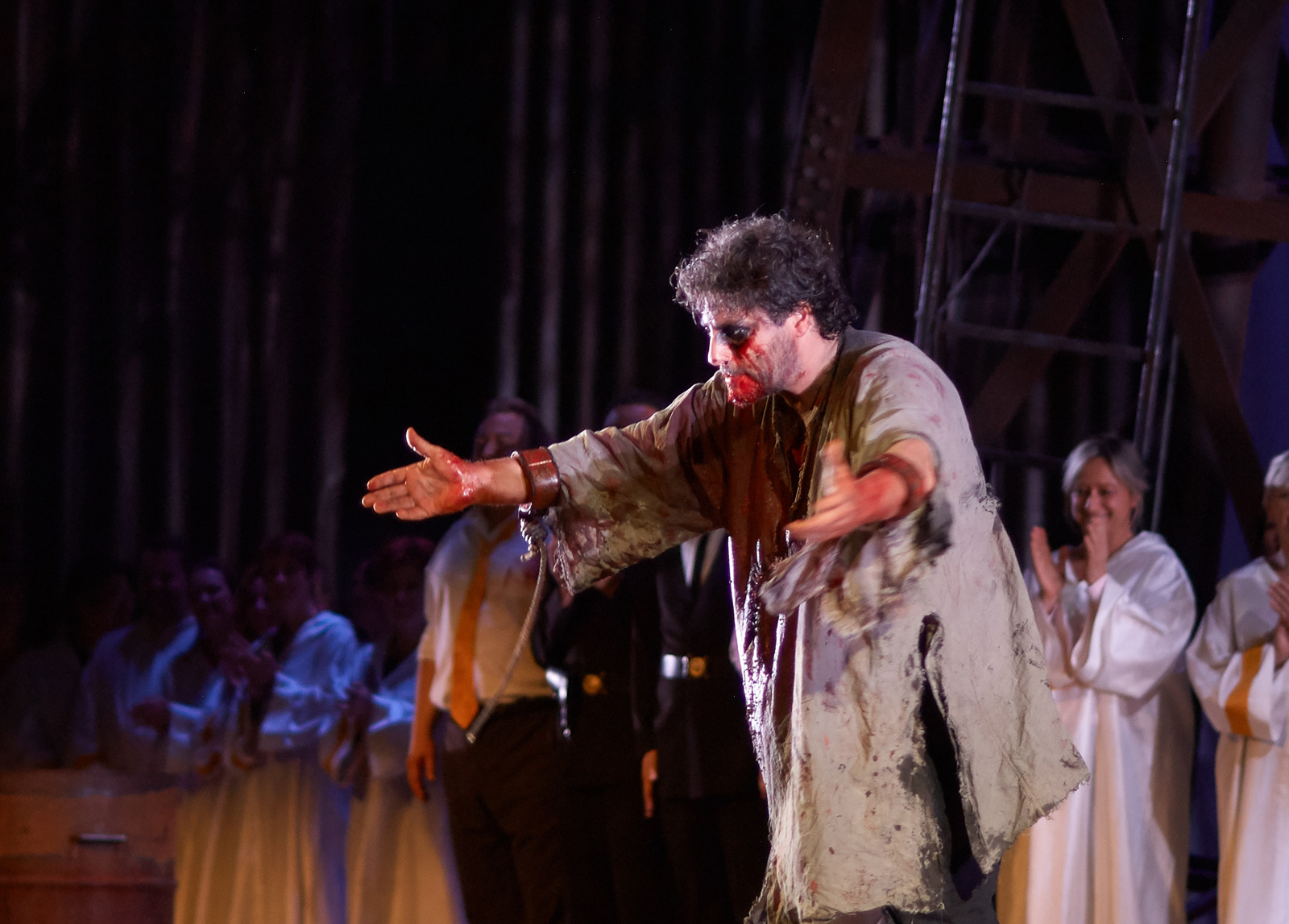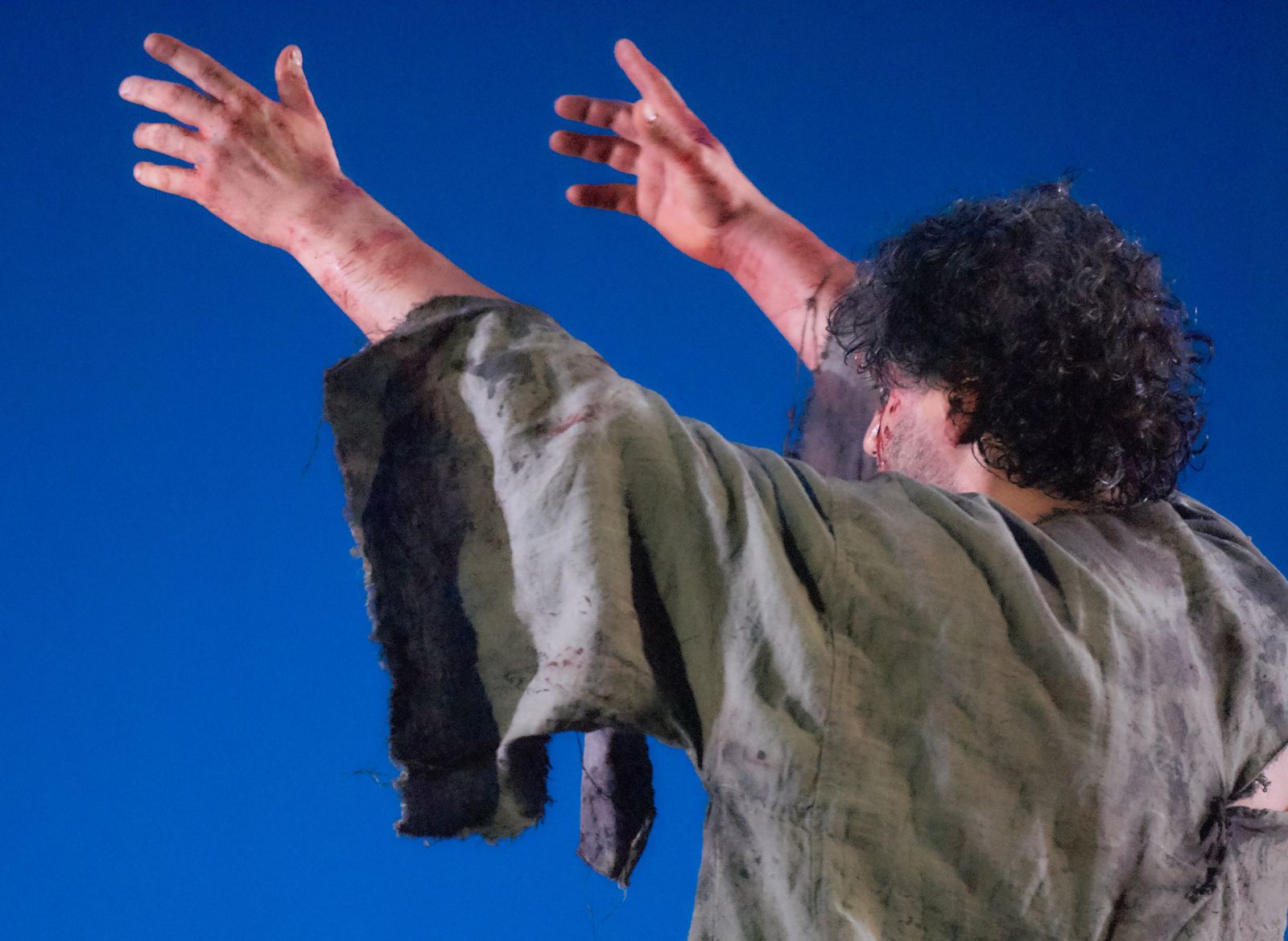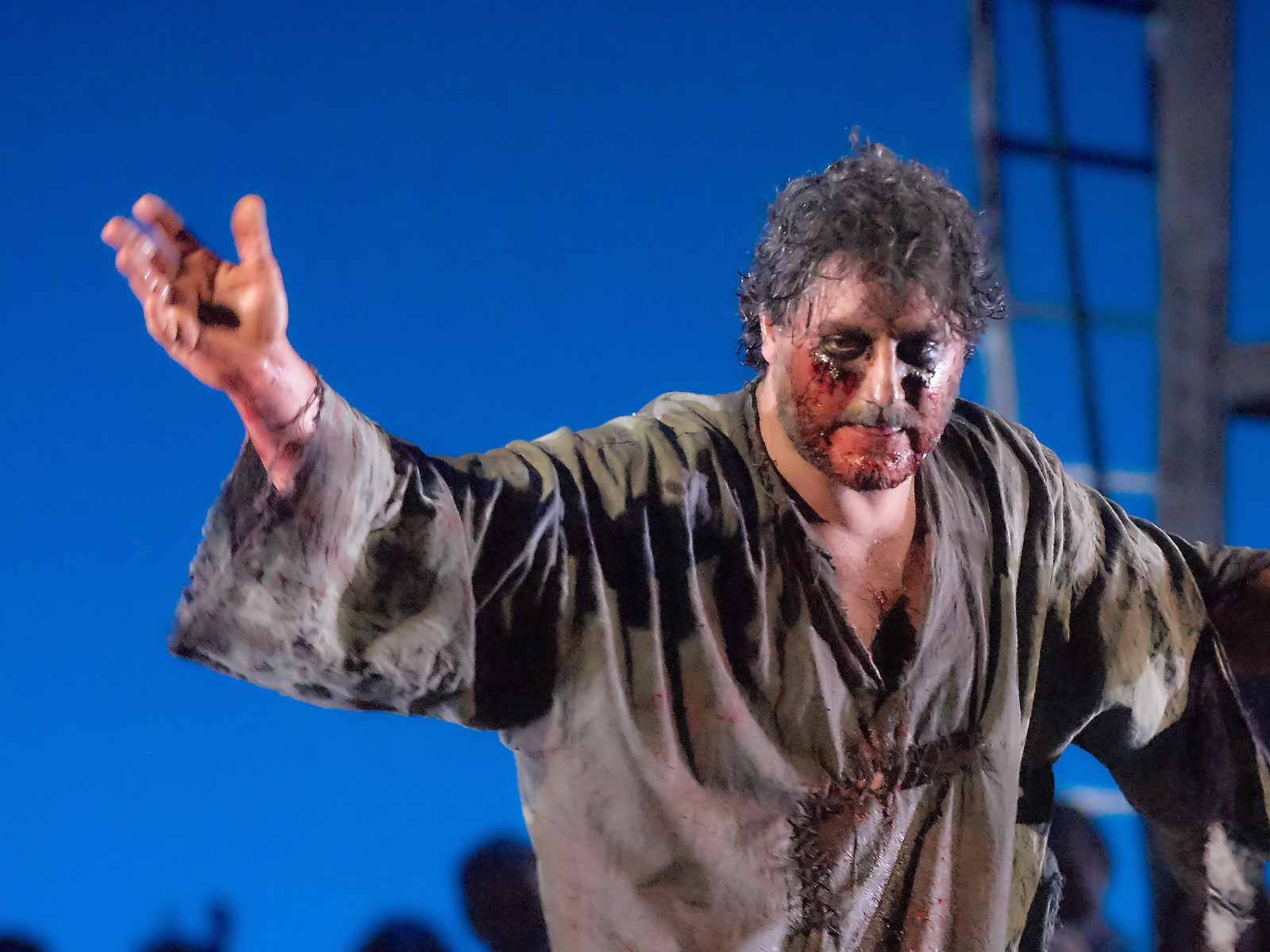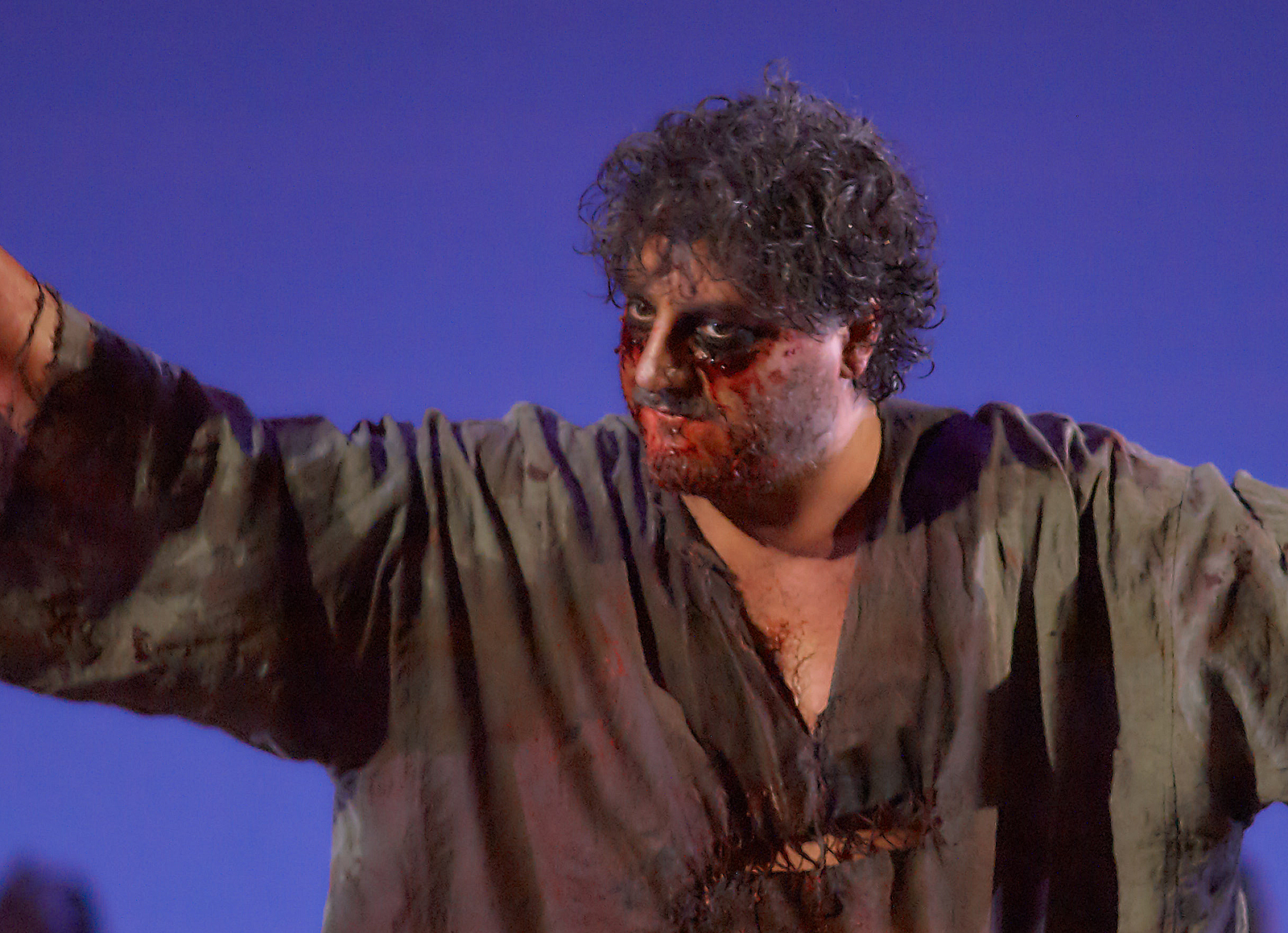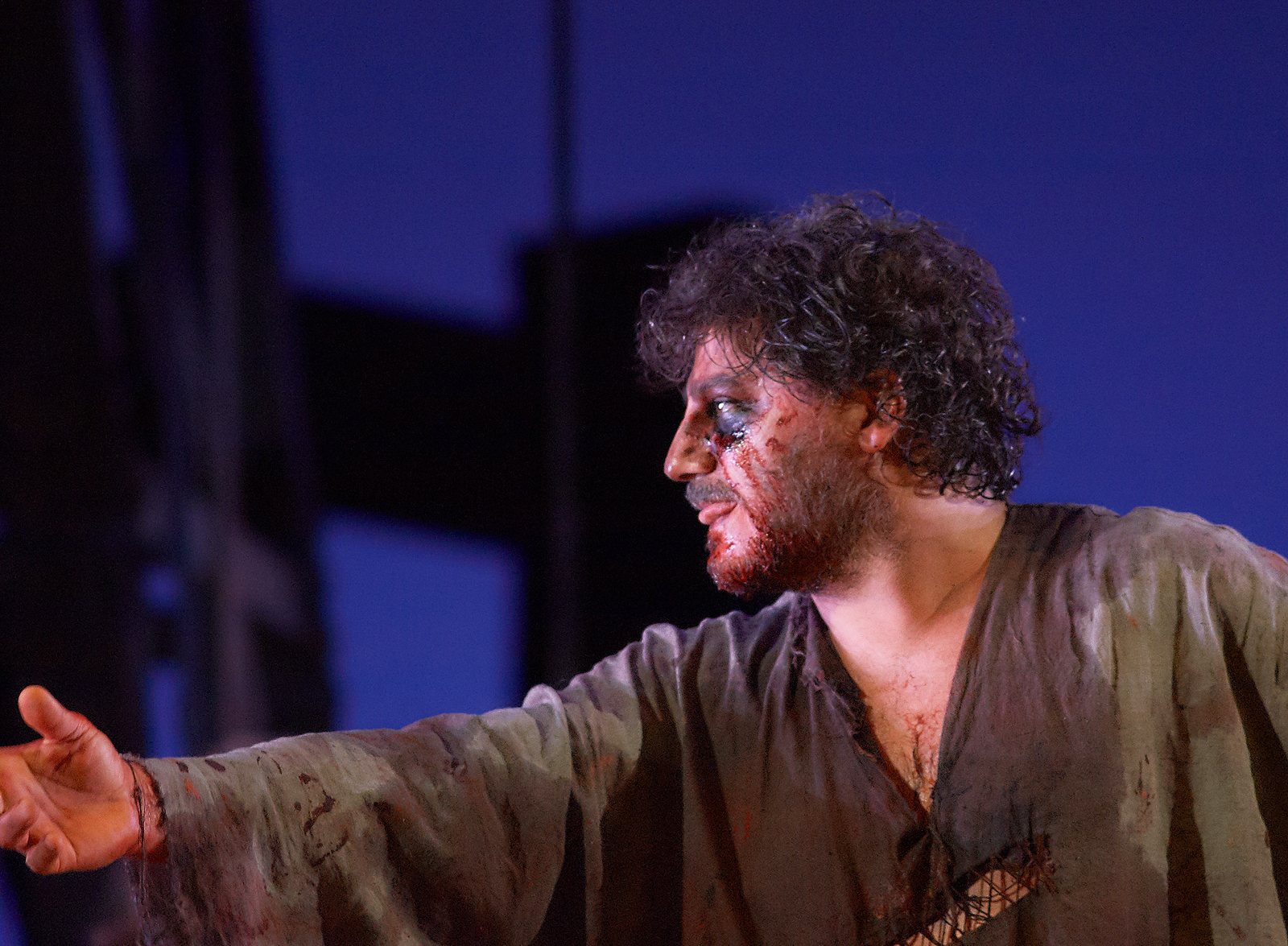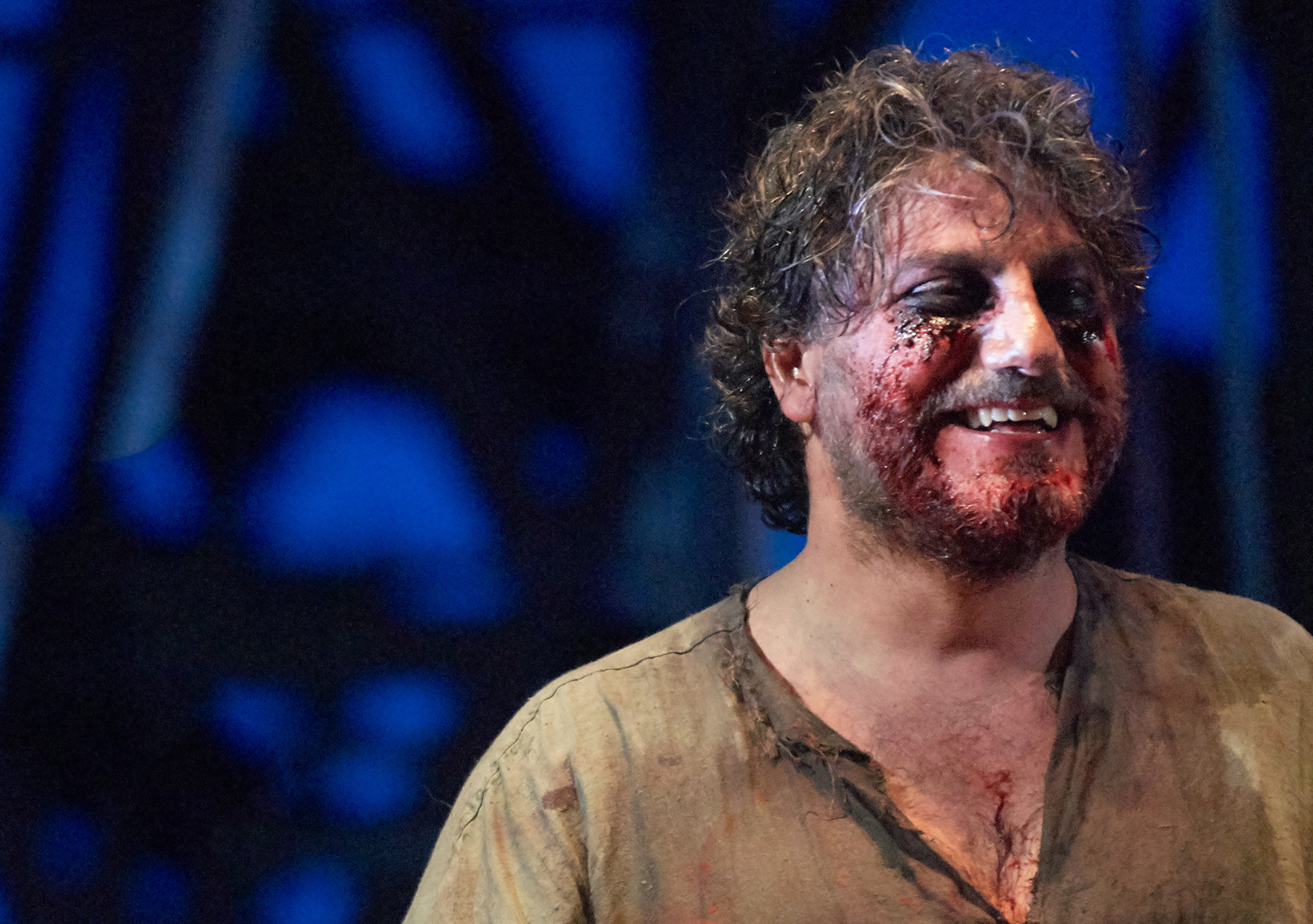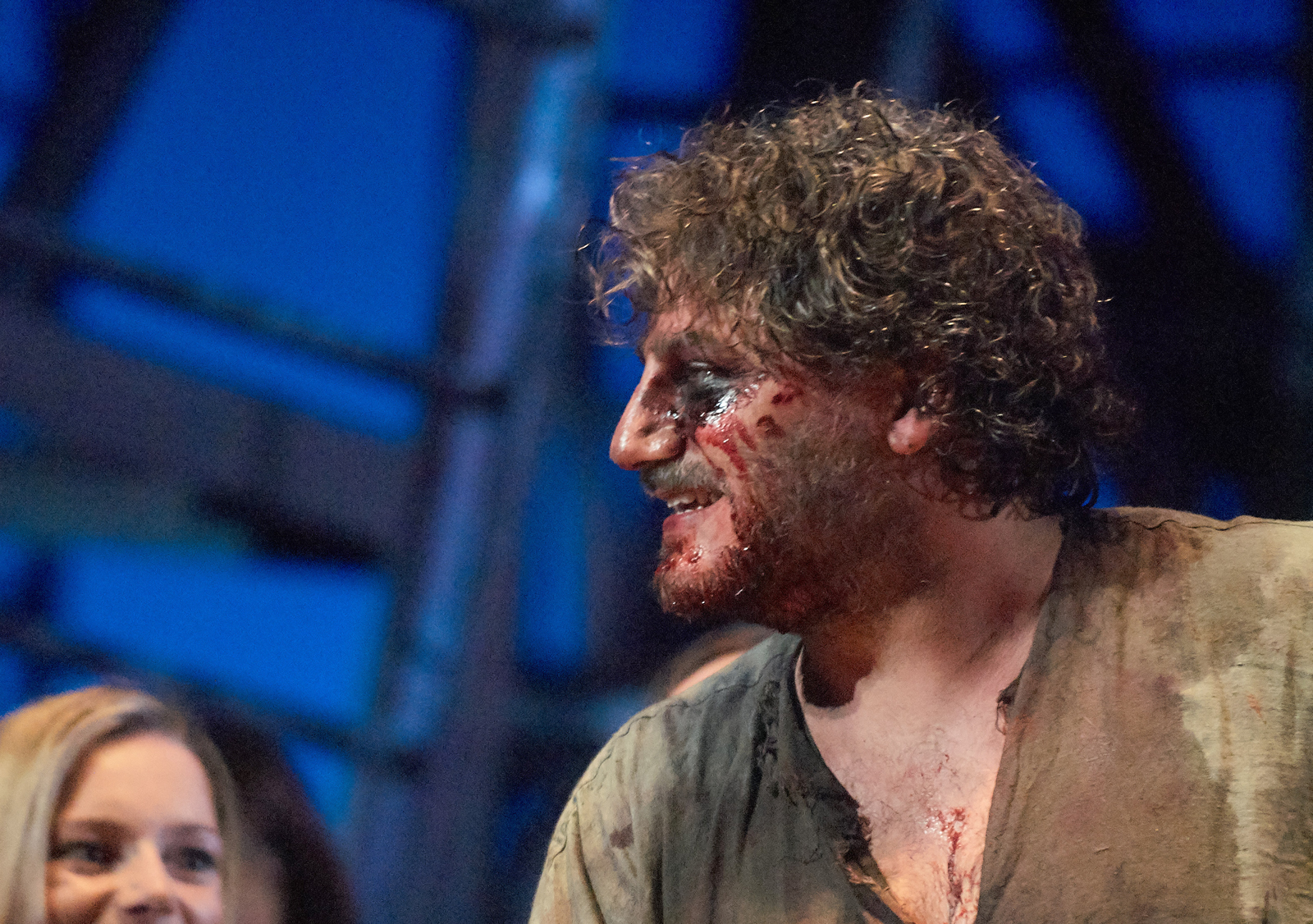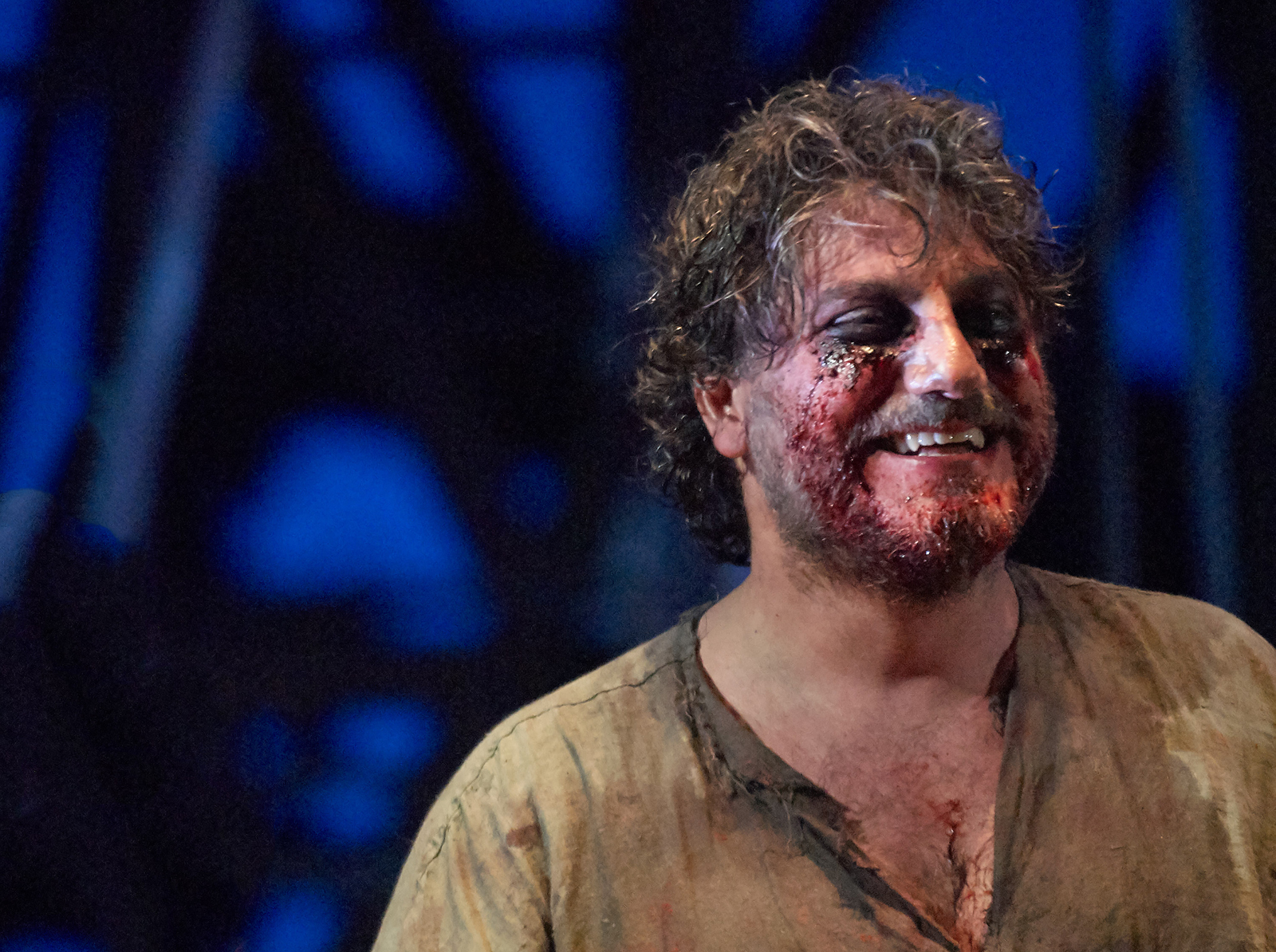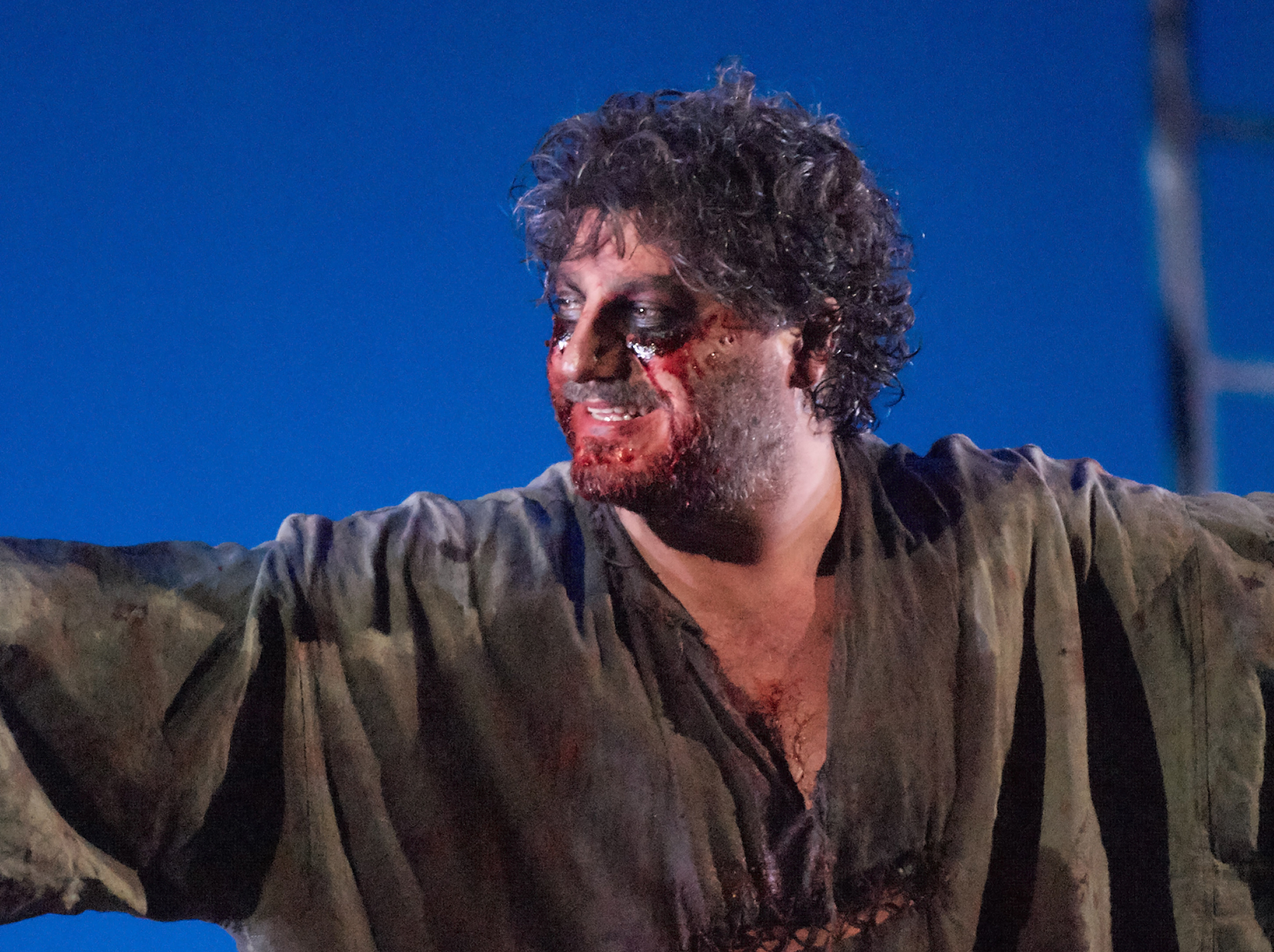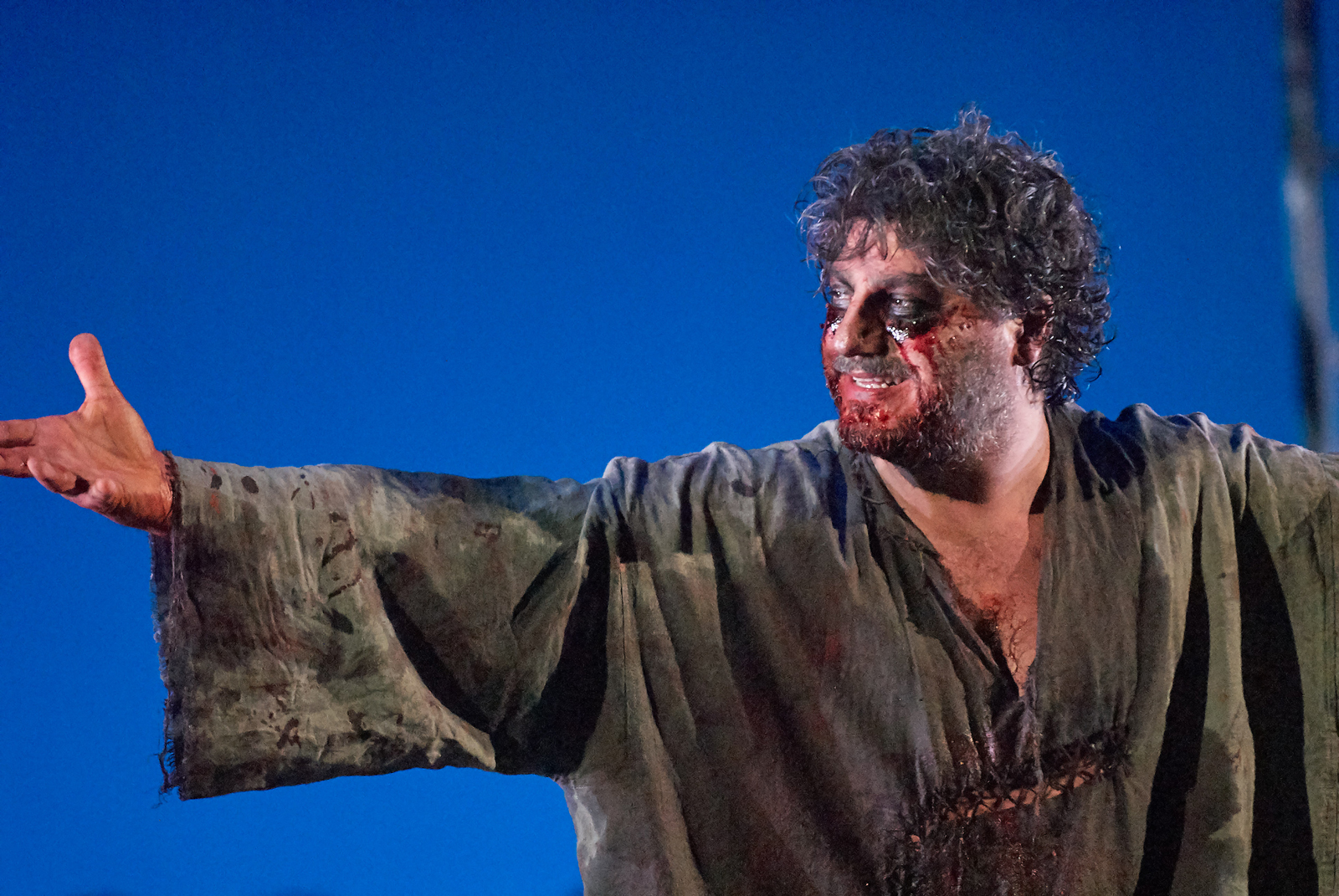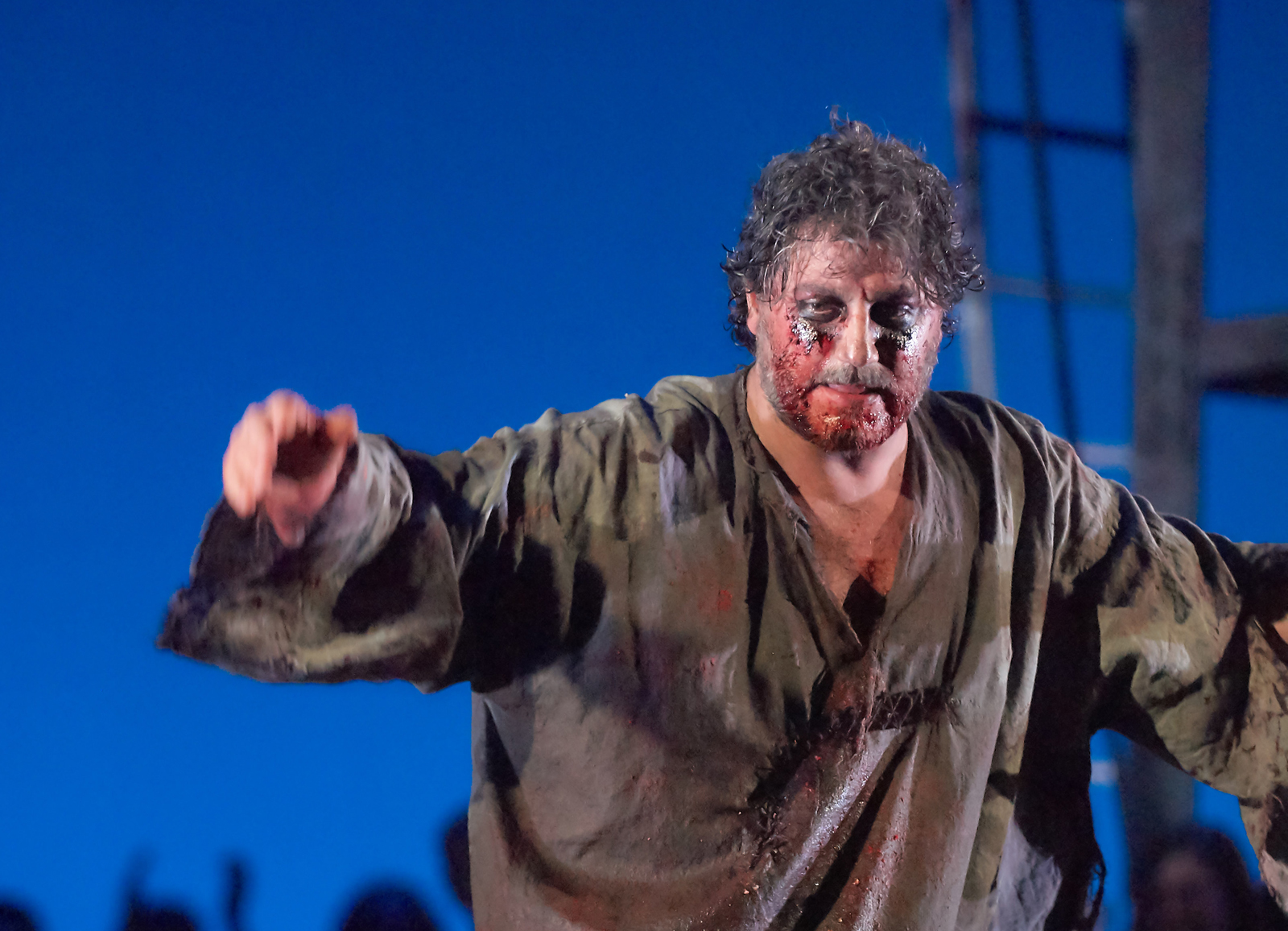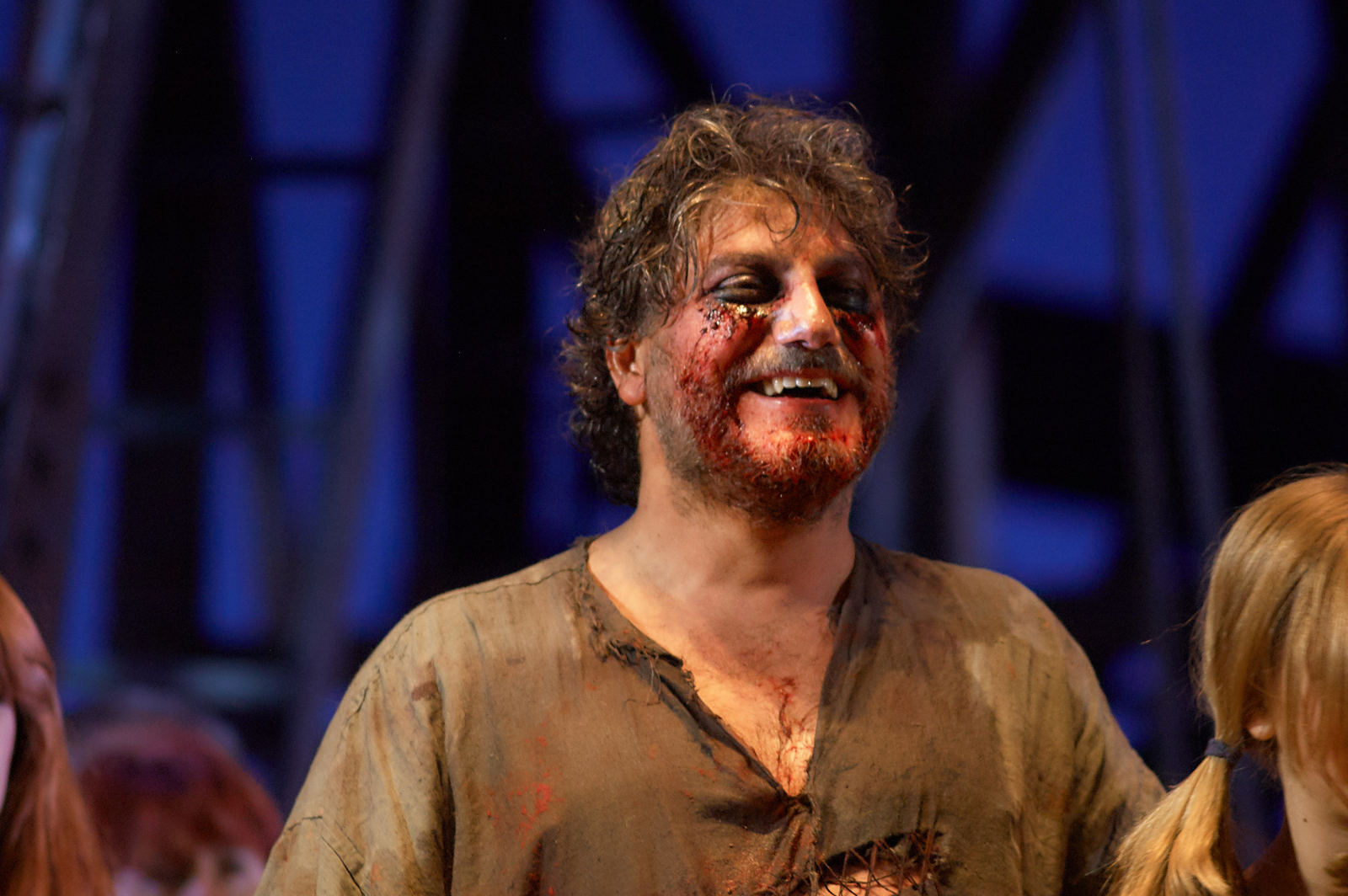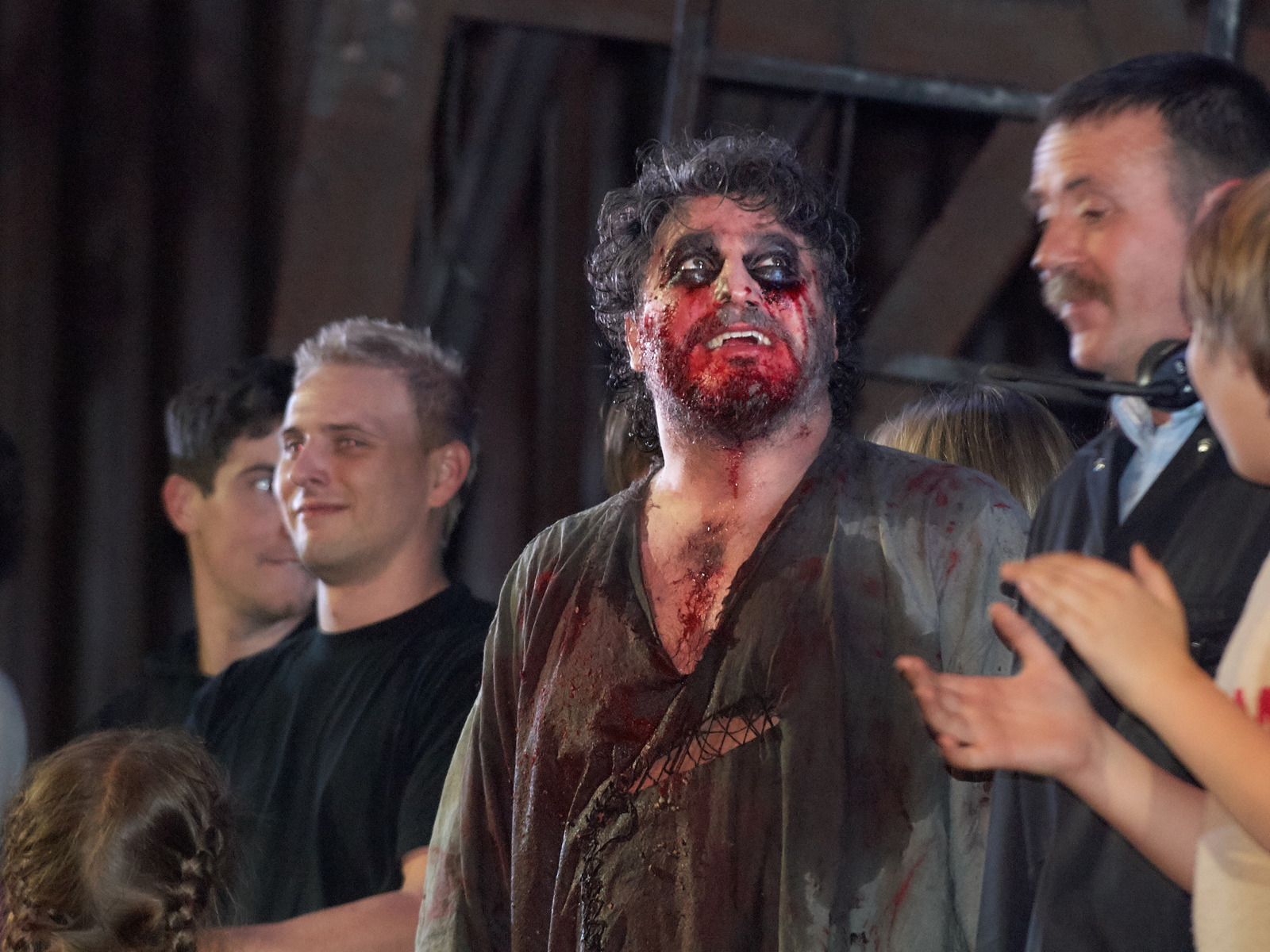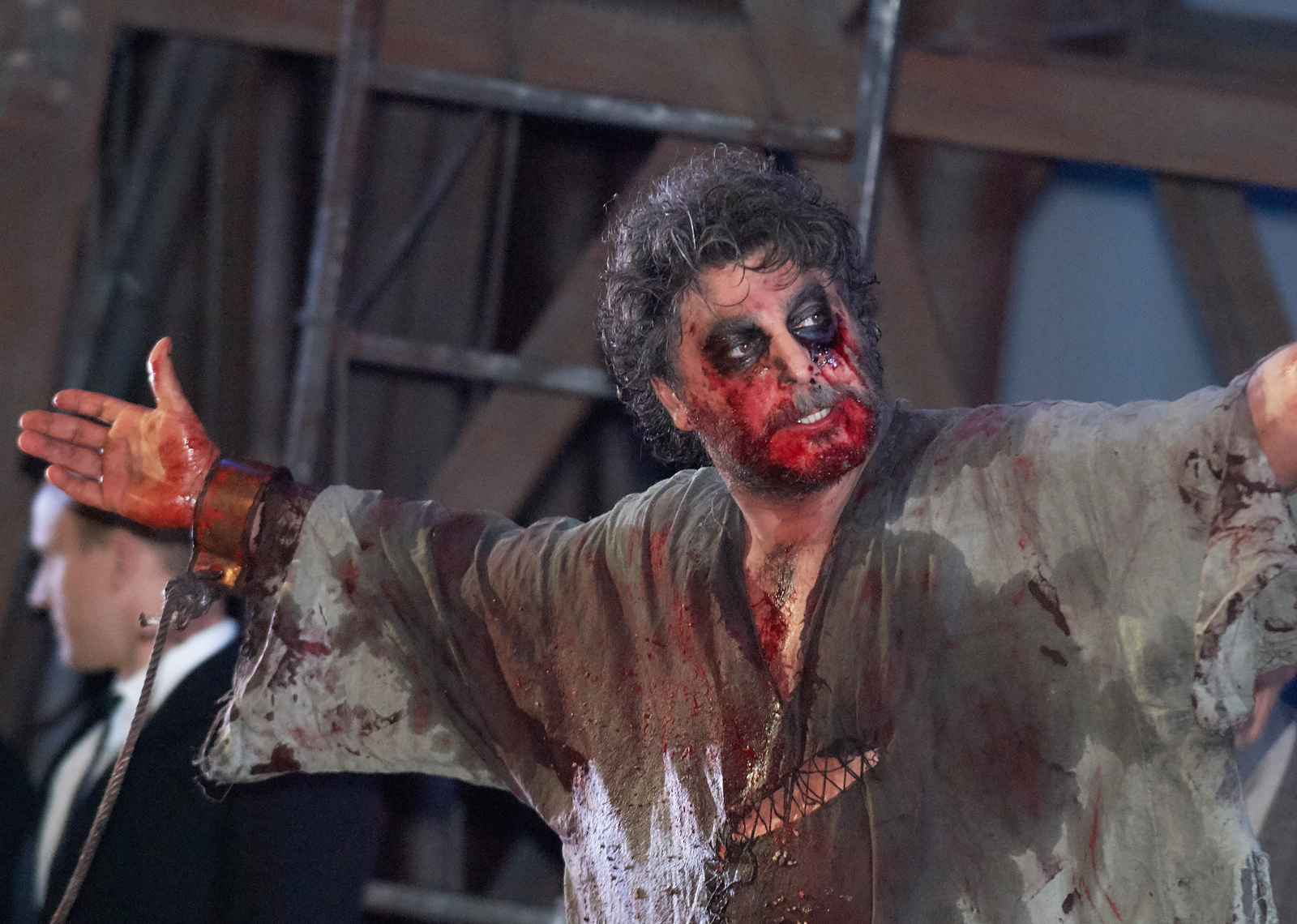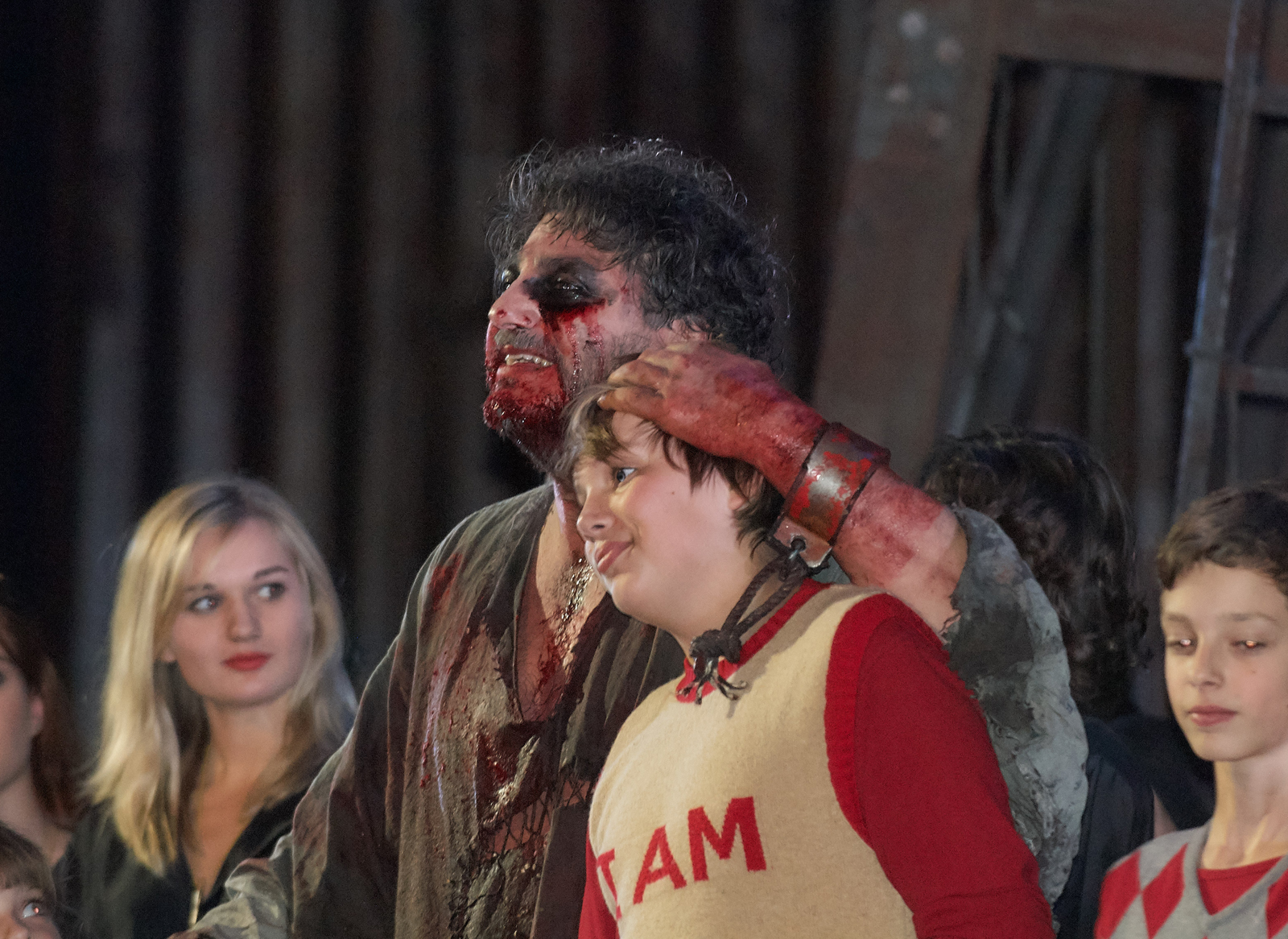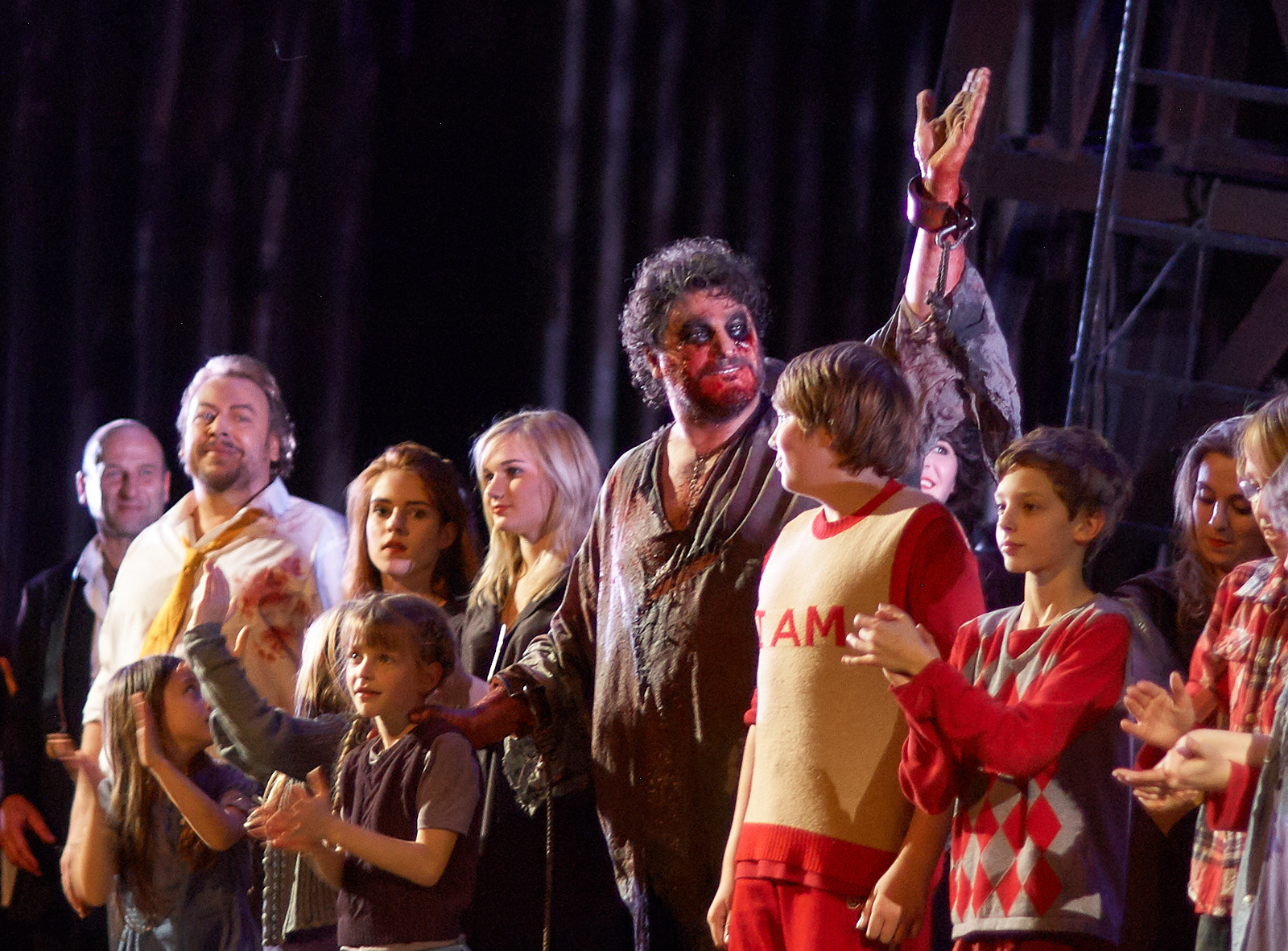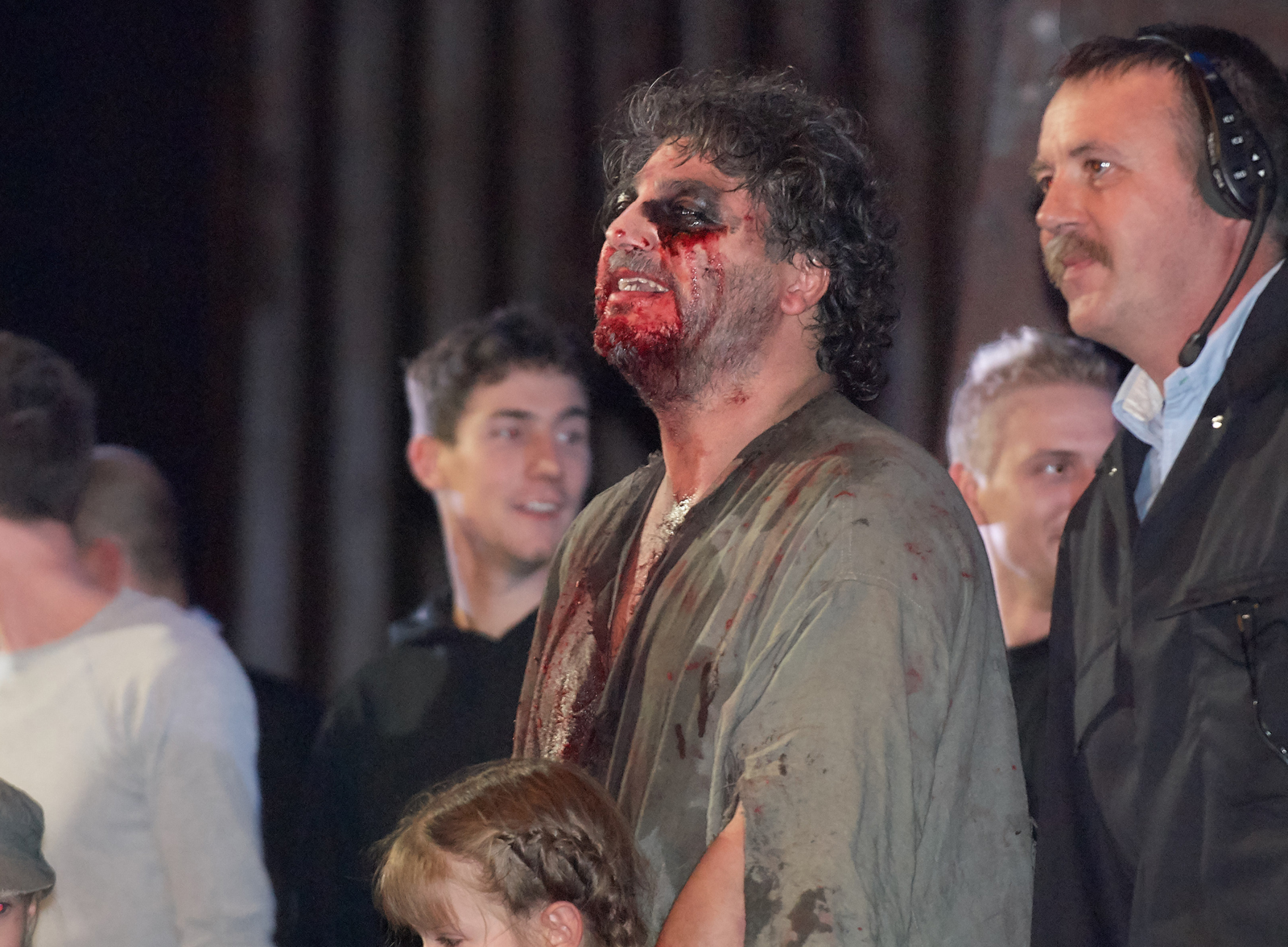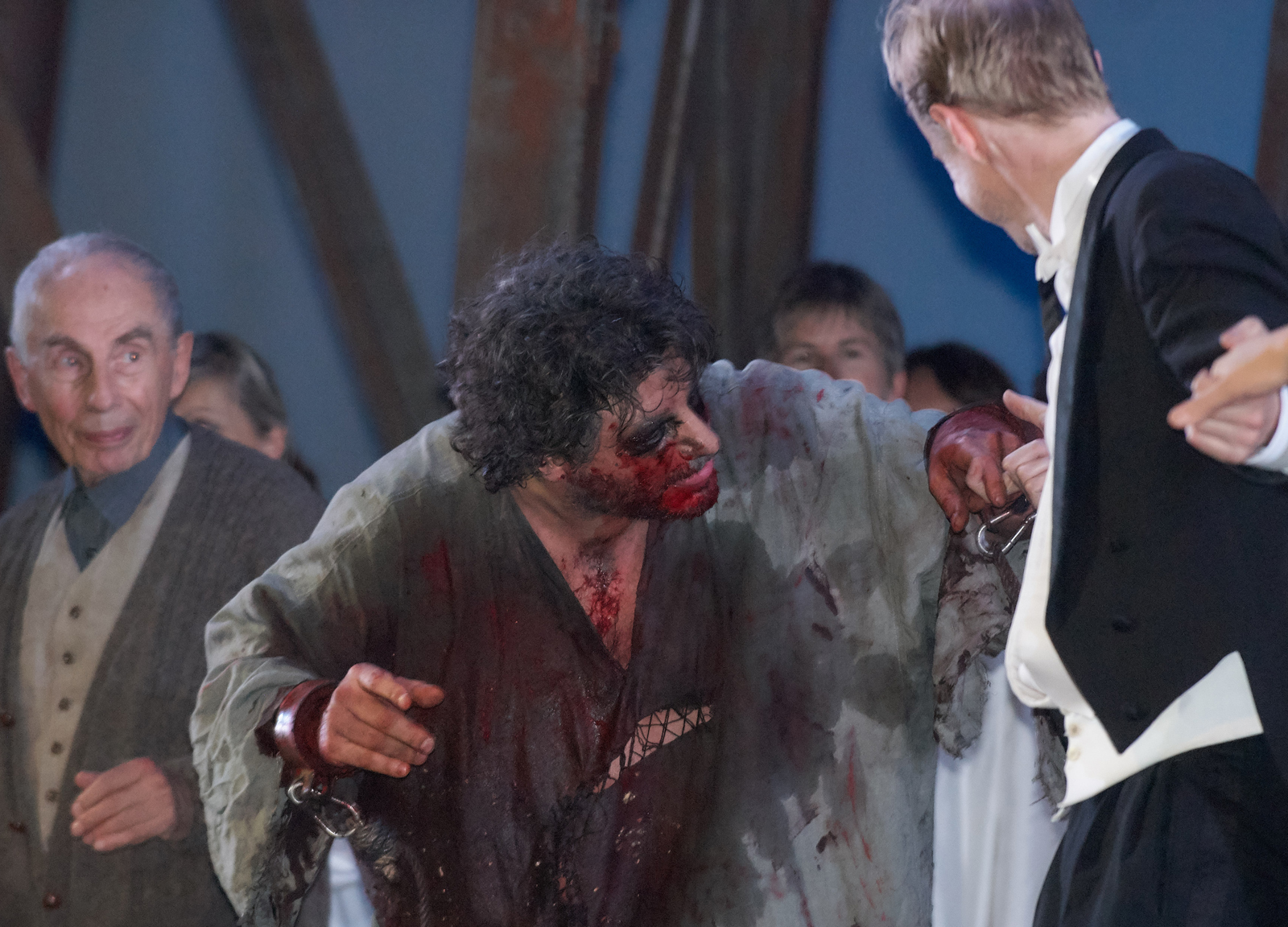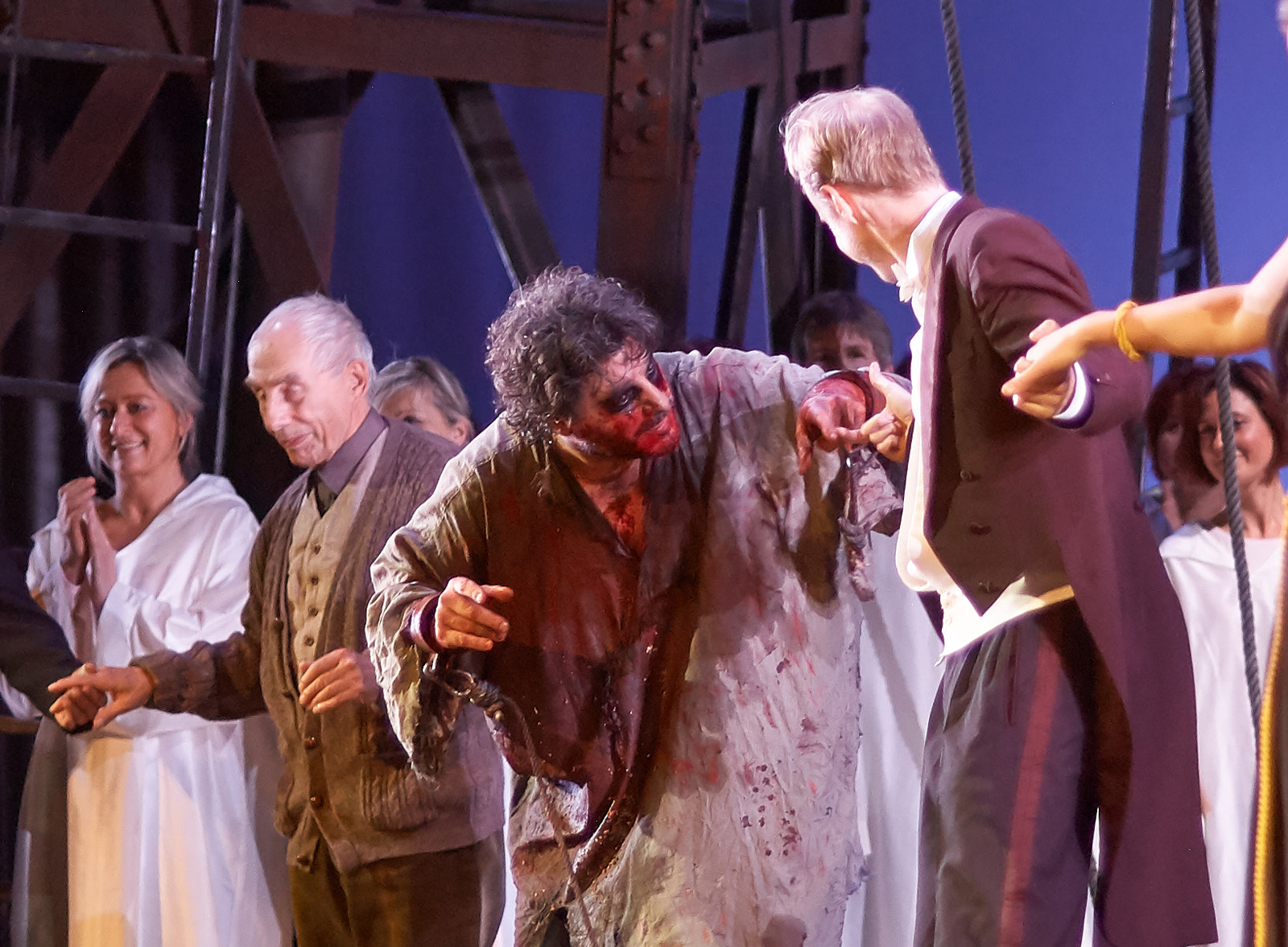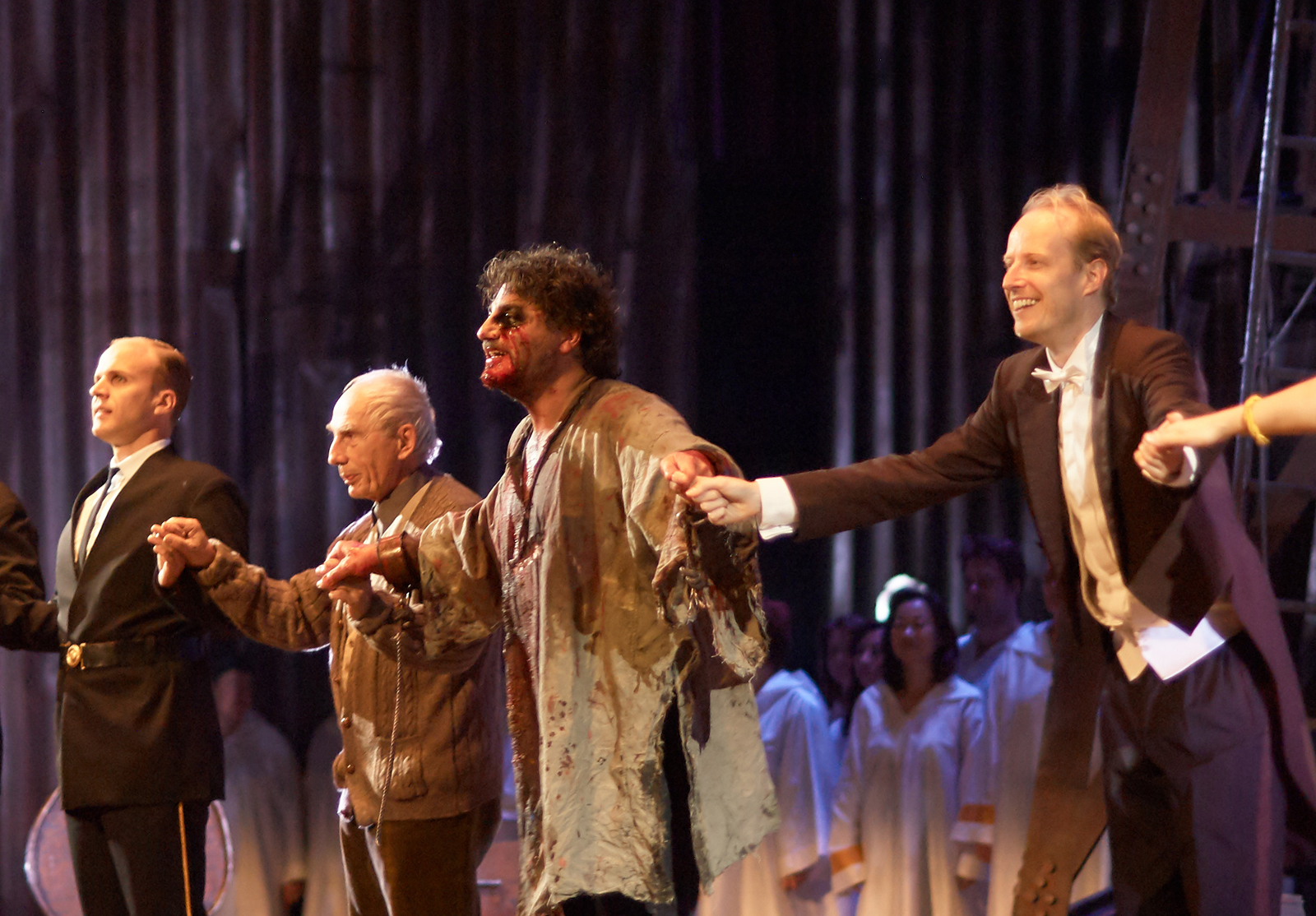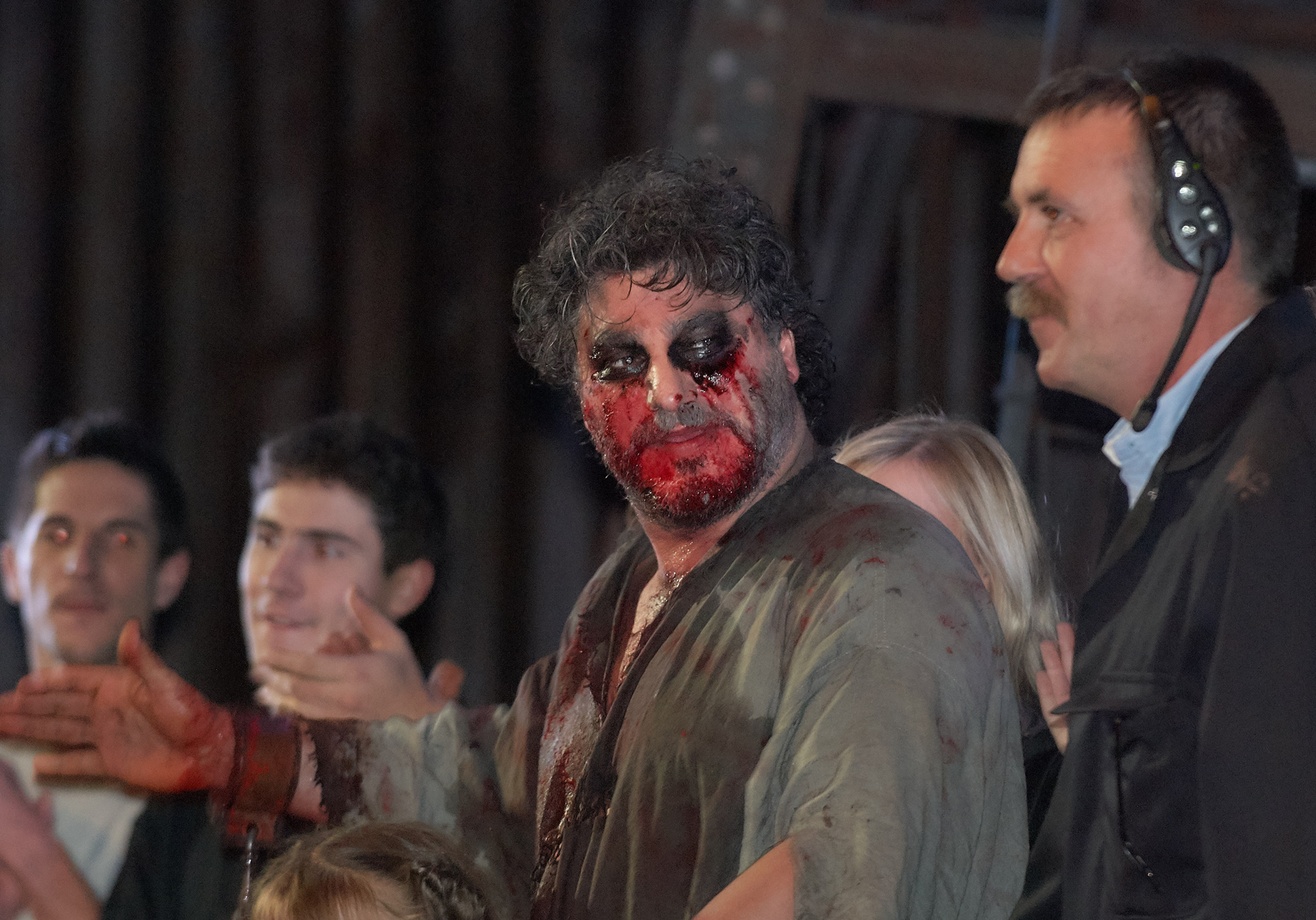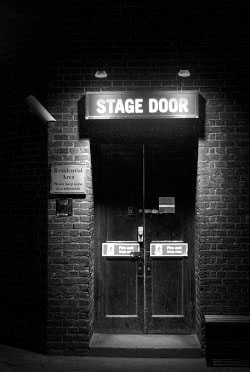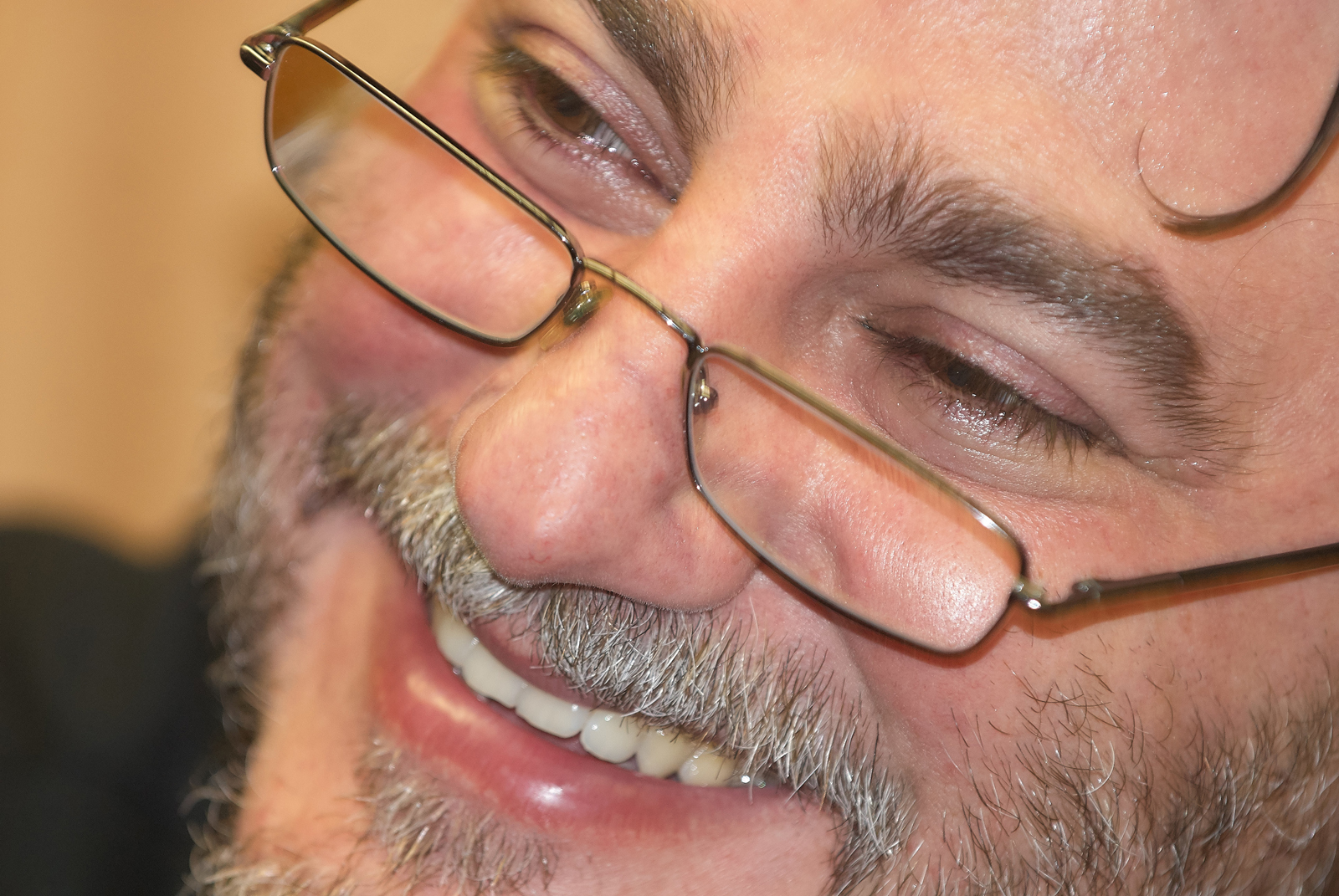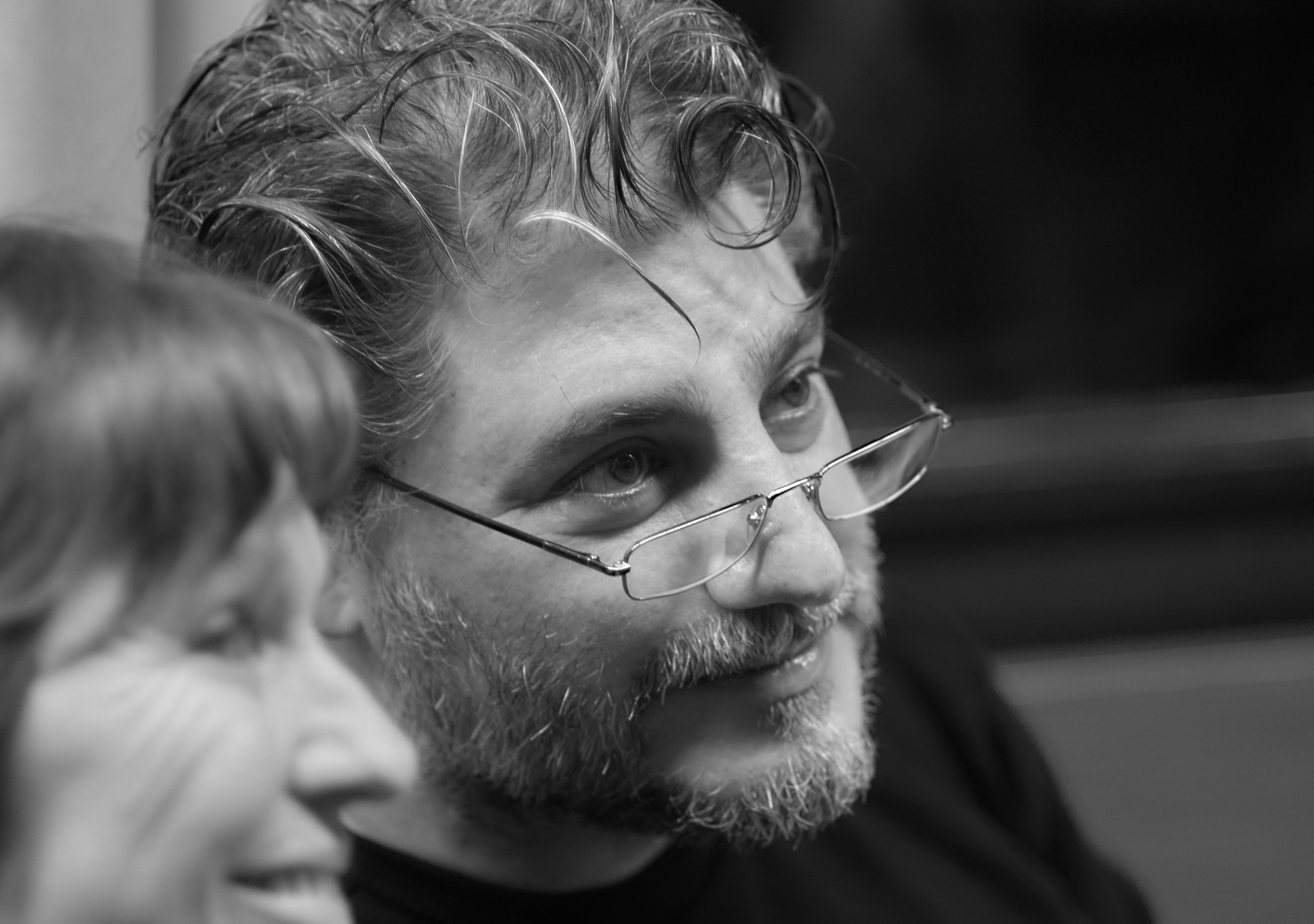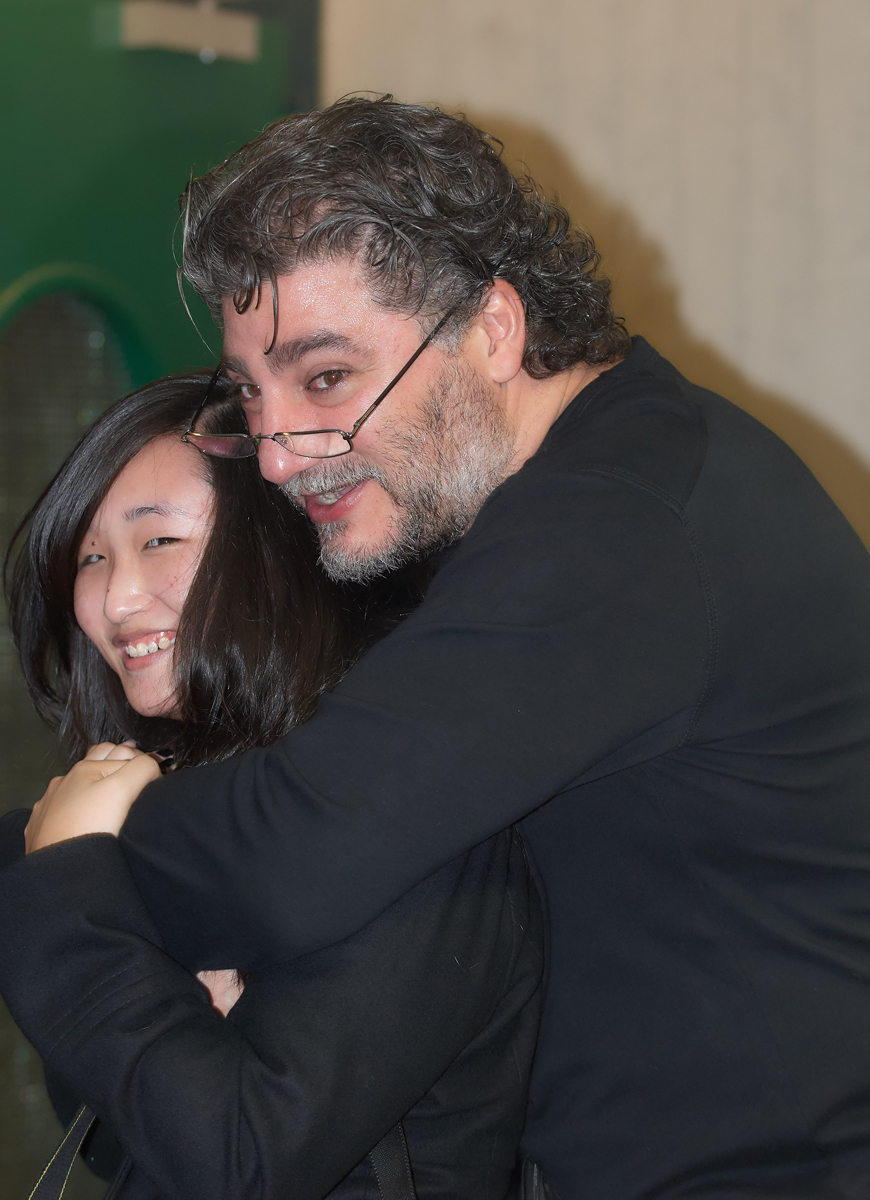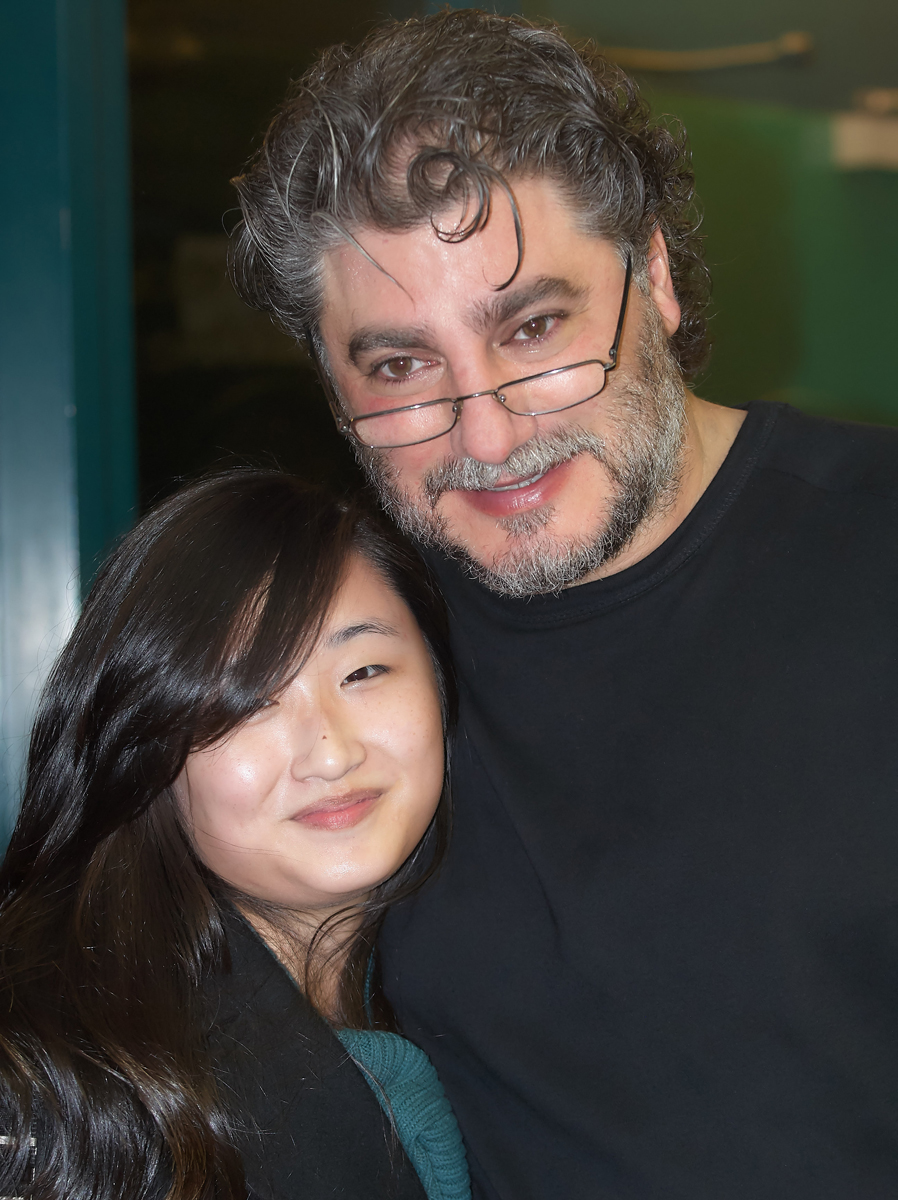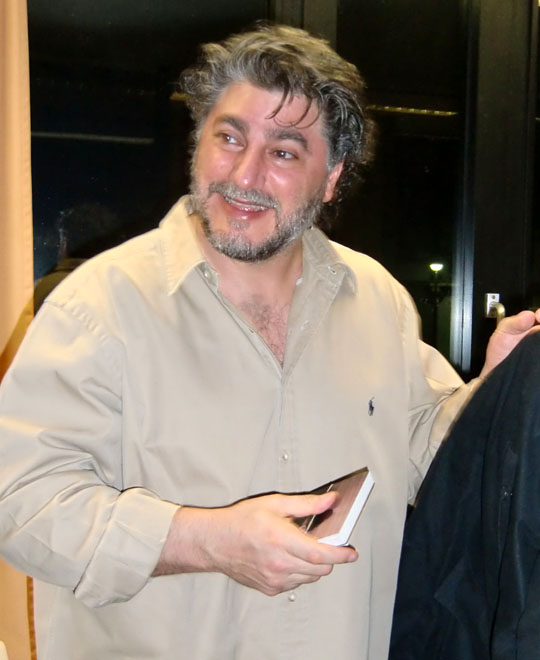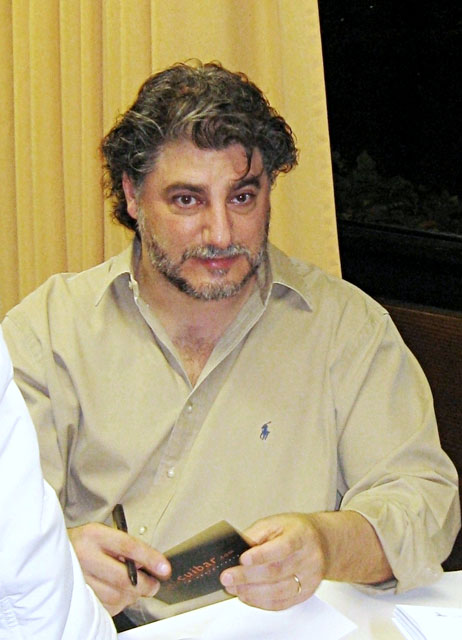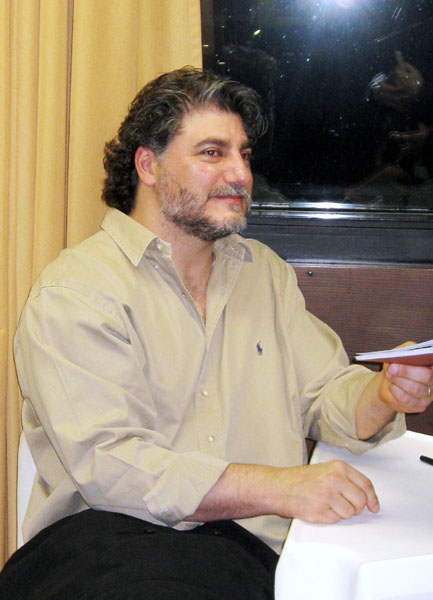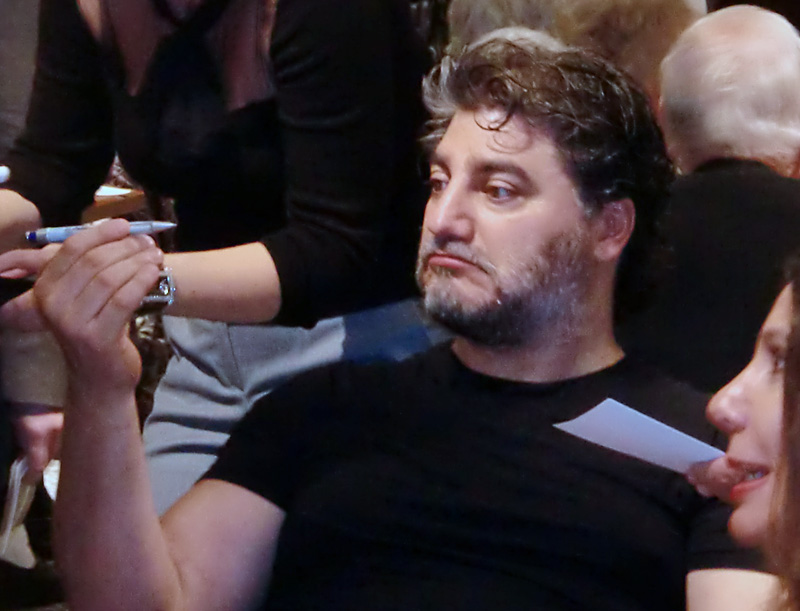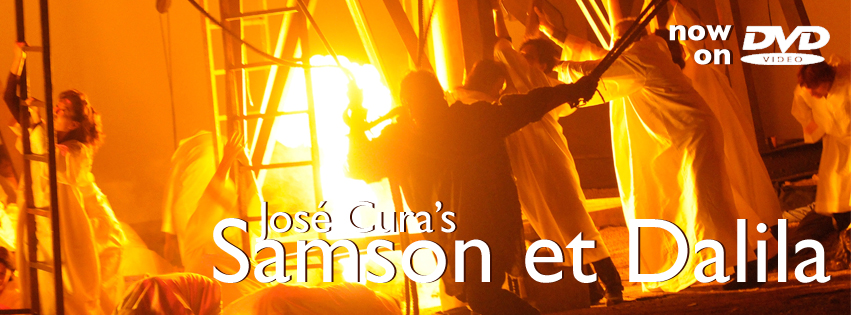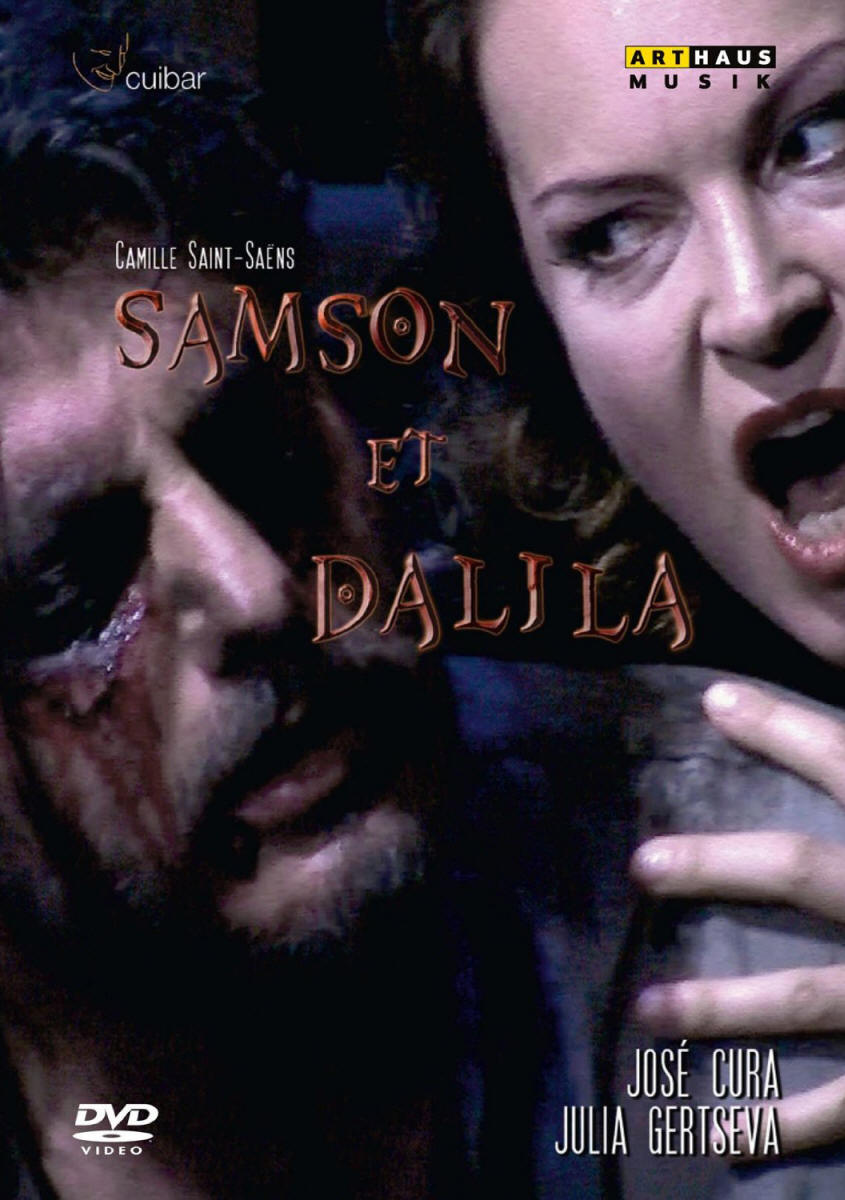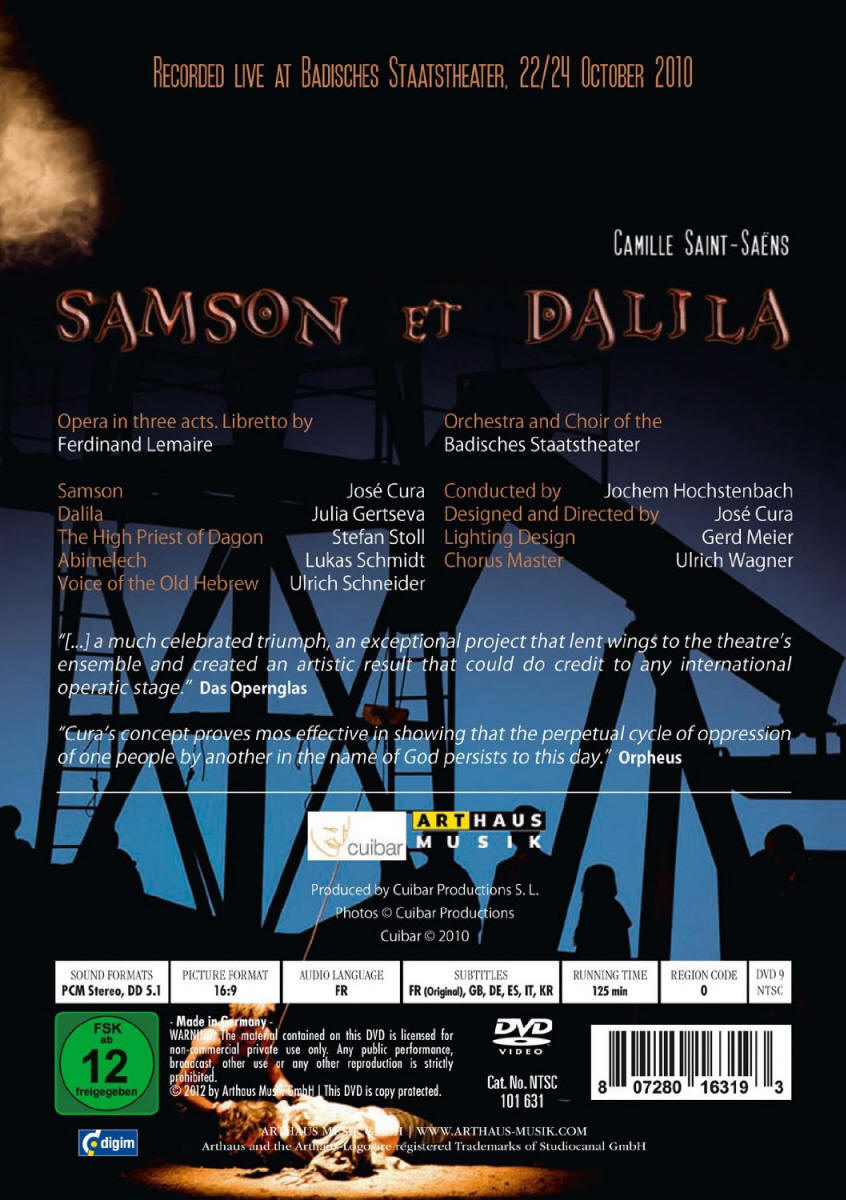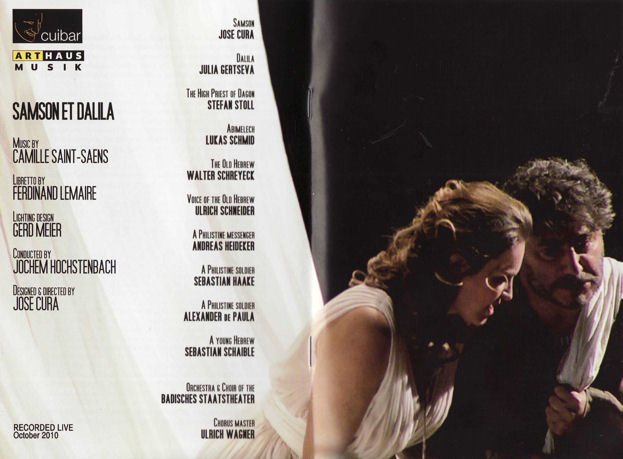

|
Rehearsal
Production
Press
Curtain Call and Backstage
DVD
|
|
Samson et Dalila, Karlsruhe, October 2010: “A prominent second jobber staged the first new opera production of the season for Karlsruhe: José Cura, one of the world's leading tenors and a sensational multi-talent. And the Argentine, who is a top-level singer and also active as conductor on occasion, designed and appointed the set for his acclaimed production of Saint-Saëns' Samson et Dalila as well. That he would take on the role of Samson to boot was all but obvious. To come to the point right away: Cura knows his job, has mastered the director's craft. What he put on the stage of the Badische Staatstheater made sense. The singer-director offered up an altogether plausible version, which thankfully omitted superficial updating. Cura by no means abstained from referring to the present time; rather, he unquestionably comments on threats with which the world is faced these days. In his view, the themes molding this opera are power and domination, sex, betrayal, fanaticism, and killing driven by religious zeal. Thus, in Karlsruhe there were scenes of violence, brutality and warlike barbarity, of seduction and hypocritical eroticism, in which lust for power, hunger for revenge and unbridled blind passion characterized the actions of the main players. The high priest of the Philistines functioned as manipulator, as mastermind of this cruel game; an unscrupulous power politician, he was first seen during his big, decisive duet with Dalila in a highly symbolic way as a larger-than-life shadow projected on a drop curtain, entering onto the scene only for the final part. By contrast, the children were carriers of hope and shining lights: the Philistine children as well as the Hebrew children, who wanted to play together peacefully in spite of the opposition of their relatives and even repeatedly found ways to prevent the worst. The dynamism of Cura's production was captivating in many respects. For all its economy, the set design, a desert landscape with three stage-high watchtowers, "an abandoned oil camp" (Cura), also had an optical appeal of its own. The most hauntingly powerful moment staged was the excitingly intense and sensitively acted seduction and fake love scene, where Samson found himself continually entangled, caught in a white stage-high veil or net--code for Dalila's web of seduction. Cura was brilliant as Samson, with an exquisitely colored, sonorous, in the high notes brightly shining tenor (voice). Moreover, he delivered a highly sensitive, multi-faceted character portrayal, fascinating vocally as well as for his acting.” Rheinpfalz, October 2010
Samson et Dalila, Karlsruhe, October 2010: “The personal union of director, costume designer and stage designer does not necessarily lead to a successful artistic effort; nonetheless, this evening belonged to José Cura, towering in every respect. And while one does not have to necessarily relocate the story from the Old Testament to the present day (symbolized by three abandoned oil derricks), Cura offered a logical, and quite sensitive interpretation that was still harmonious with the original. The audience celebrated the artist with frenetic applause.” Opera Point, 17 October 2010,
Samson et Dalila, Karlsruhe, October 2010: ‘That was one of the rare opera evenings that are etched on one's memory and you won't forget for your whole life. The first night of Saint-Saëns' opera Samson and Dalila at the Badische Staatstheater ended with standing ovations and was a real triumph for all participants. It is no exaggeration to speak of a great moment of opera, one that will go down in the annals of the top-class Karlsruher Staatsoper. You really don't know where to start with enthusing- best with the super fantastic singers who made the Opera House in Karlsruhe a world stage on this evening. What an exceptional singer is José Cura, whose Samson belongs with the best! With an extremely powerful, expressive, virile, and ideally supported Italian heroic tenor, he drew a convincing portrait of the biblical hero, whom he also gave a convincing profile through his acting. With utmost élan he threw himself into his role which didn't cause him even the slightest difficulties and whose murderous cliffs he mastered with great sovereignty and distinct technical skills.” Der Operfreund, October 2010
Samson et Dalila, Karlsruhe, October 2010: “The stage is bathed in darkness; burning trash barrels provide the only light and warmth. Playing children burst onto the stage where their naive-carefree activities are broken off by the adults, in some cases by force. The adaptation and shifting of the here ever-present group of themes surrounding power, greed and domination into the children's world becomes a major element in the production's design. The Philistines in military uniform show brute force and demonstrate their merciless power over those who are subjugated. For the second act, an ultra-large white piece of fabric is fixed like a screen. In front of it are a number of white pillows, where Dalila and her attendants lounge in eager anticipation of Samson's arrival. Dalila is now dressed in a white robe (black in Act 1), but it doesn't take long to suspect that this is not the white of innocence but is used for deceitful seduction. A frame is formed in that for the third act, there is a return to the initial set. Formidable [was] José Cura (Samson), who brought his character into focus with enormous intensity. Masterly and at all times credible, he offered glimpses into the deepest recesses of his character's soul by means of his elastic tenor-with transparency and great sensitivity he outlined the conflict between unshakeable allegiance to God and love of a rival. It was José Cura's evening, outstanding in every respect. One doesn't necessarily have to shift this subject matter from the Old Testament into the present time (three shut-down derricks) but that one can nonetheless succeed in [doing so] in a very coherent manner with an interpretation that is inherently logical and absolutely sensitive, was clearly shown by this production. The audience celebrated the artists with frenetic applause.” OperaPoint 17 October 2010
Samson et Dalila, Karlsruhe, October 2010: “José Cura has a message: violence always begets violence. When the underdogs prevail they in turn become the oppressors. His message fits this opera, which the Argentinean star tenor knows inside and out. He has sung the role often and has become exasperated with productions that remain stuck in distant Biblical times. Although the story is from the Old Testament, for Cura the material is timeless. The Badisches Staatstheater gave the singer the opportunity to develop Samson et Dalila based on his ideas: Cura created the stage design, the costumes, directed, and sang the role of Samson. That’s a lot for a beginning director; Samson et Dalila is only Cura’s second [sic] production. He uses symbolic images to illustrate his concepts. Between the old oil derricks representing human greed he placed the choir and extras in a tableau with a dark orange backdrop that shows the misery of the oppressed. Children at play bring the scene to life, with the children of the victors playing with the children of the defeated until parents chase the others away. This moment is not in the libretto or the Bible. José Cura introduced the children to show that all the hope for the future lie in the friendship of the children on both side. Again and again Cura builds small scenes in which the children place themselves in harm’s way to protect their friends from the other side. At the end, when Samson buries himself and his enemies under the collapsing oil derricks, the children run on stage to symbolize a world free of violence and counter violence. Cura seeks to show that this well-known spiral is not just in the Middle East conflict by the use of torture and murder. Abimelech beats the conquered Israelites until he is killed by Samson. The Israelites celebrate when they learn of the victory of the uprising but Cura counters the victory hymn by returning [from the battle] carrying the dead. In Cura’s production Samson’s opponents, the high priest of the Philistines and Dalila, do not shrink [from violence]. The priest shoots a prisoner; Dalila is quick with the dagger and her maidens, who first appear as visions from another world comforting the battle-weary Israelite warriors, turn out to be bloodthirsty sluts who in the last act cut the throats of the prisoners. Not every symbol that Cura introduces fits together, but his message is clear. Cura shone when singing the emotional outbursts of Samson, his sung prayer for power were of impressive intensity. The audience of the Badisches Staatstheater reveled in Cura’s exceptional, wonderfully warm and powerful voice. The applause at the premiere showed real empathy between the singer-director and Karlsruhe.” Badisches Tagblatt, October 2010
Samson et Dalila, Karlsruhe, October 2010: “All-round star José Cura did himself triple credit in one swat and secured a publicity-hype rarely seen in this form for the ambitious Karlsruhe Opera House. In previous years, one had been able to experience the outstanding tenor here in several key roles of his repertoire, most recently in his signature role of Otello. He has been following his calling as conductor even at the major houses on a number of occasions and has been thoroughly successful. What is more, he had introduced himself as director with Verdi's Ballo at the Cologne Opera House in 2008. In Karlsruhe José Cura was given the special honor of directing, set designing, and singing the lead role simultaneously. The experiment was successful with only the smallest of missteps, bringing a much celebrated triumph to the theater and the singing-director. The exceptional project lent wings to the ensemble and created an artistic result that would do credit to any international operatic stage. Cura makes no effort to conceal the fact that the excesses of the Regietheater are not his style. Nevertheless, his version of the Samson story is not historical correct and seeks a middle course between a careful update and a clear focus on the core message of the Biblical drama. Camille Saint-Saëns’ Samson et Dalila has always been difficult to stage effectively since its static chorus scenes seem closer to oratorio than to a passionate, theatrically effective opera. Set in a gloomy oil field in modern times, this production references the current potential for conflict in the Middle East without exploring more deeply the political dimensions. In this respect, the production remained a bold one, motivated by the atmospheric and committed to a point of view. For the more intimate scenes of the second act with its fateful meeting with Dalila, Cura surprised with powerful metaphors that stunned most particularly in its simplicity. The warm and enthusiastic encouragement he earned at the end was not just for the highly gifted singer-actor. José Cura left no doubt that he must still be considered in the forefront in the heroic roles such as Samson. In his baritone-like timbre, the dramatic fire of his performance and the sheer impact of his effort, but also the delicate lyricism enabled by his technique, he impressed once more. Julia Gertseva was an equal partner. This second act gave free rein to emotions and brought to the Karlsruhe opera a vocal triumph of the highest level, one which should rank [high] when writing the history of the theater.” Opernglas, 15 October 2010
Samson et Dalila, Karlsruhe, October 2010: “He would have been called a ‘jack of all trades’ in earlier days; nowadays he is multi-talented. José Cura is no longer content to merely sing. He conducts often; he has performed, for example, Puccini’s Butterfly at the Vienna State Opera. However, this tenor of the first rank wants even more. He worked as a director and set designer in Cologne with Verdi’s Ballo in Maschera, then in Nancy and at home in Buenos Aires. And now Karlsruhe-- he offers himself in Camille Saint-Saëns' opera Samson and Dalila as director, set designer and eponymous hero. No question he is able to do it. What he does is professional. It is strong and discussable and certainly not a show act for Kultur-Boulevard. Cura is surely no revolutionary director; still he does not lose sight of the present. The first and third acts do not play out in either a ‘large square in Gaza City’ or inside the temple of Dagon but instead in an abandoned oil camp. And it is not the temple that the blinded and abused Hebrew muscle man Samson causes to collapse with the help of his God—it is the drilling rigs that are beginning to topple when the curtain falls. Cura also invents [the role] of the children: that the kids (“Children are the letters we write to the future”) from warring nations play peacefully together and protect each other from their own leaders is one of the better takes. One of the visual strengths is the ‘love’ scene between the title couple. Dalila is paid by the High Priest of the Philistines to elicit the secret of Samson’s strength, his thick main of hair: an act of lying and an unscrupulous use of sexual power in the service of the state. The love scene is infamously ‘staged’ by Dalila and Cura shows this clearly–and with a simple pictorial idea of entanglement: a stage-high white curtain veil in which Samson gets caught and is literally wrapped. The unmistakable strength of the evening actual apart from a few diffuse moments in the strings was the high musical quality. Dalila was sung by the very credible Russian Julia Gertseva, slim mezzo soprano who only right at the top was sometimes a trace too shrill. And Cura the singer? An apparently fully mature steel-voiced tenor, blessed with the right material who mastered the gestures of the folk hero as well as the desperate lyricism of the humiliated. The ovation at the end seemed somewhat like an anticipated premiere party.” Badische-Zeitung, 20 October 2010
|
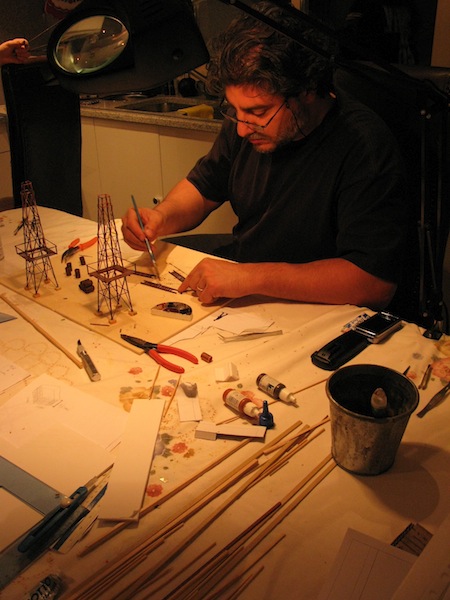
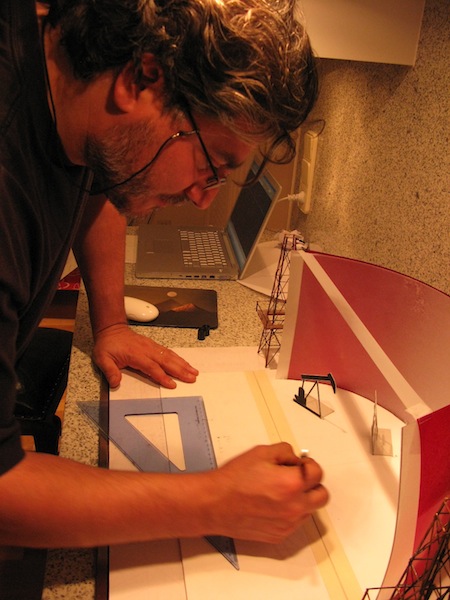
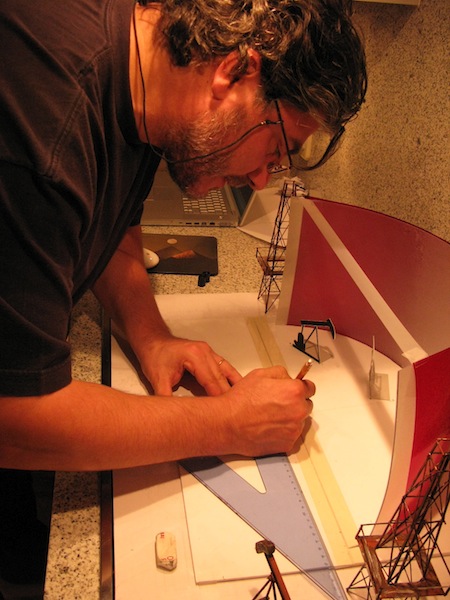
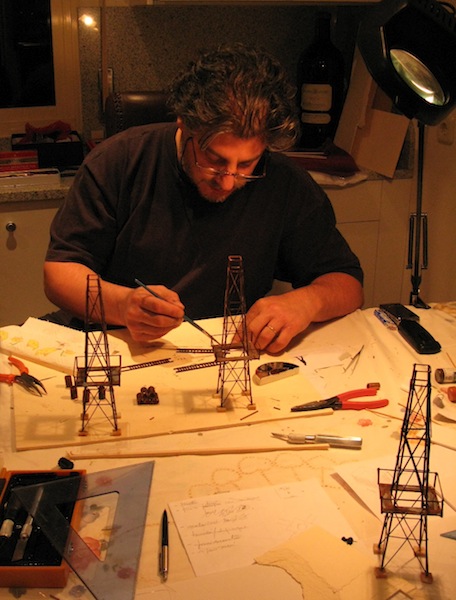
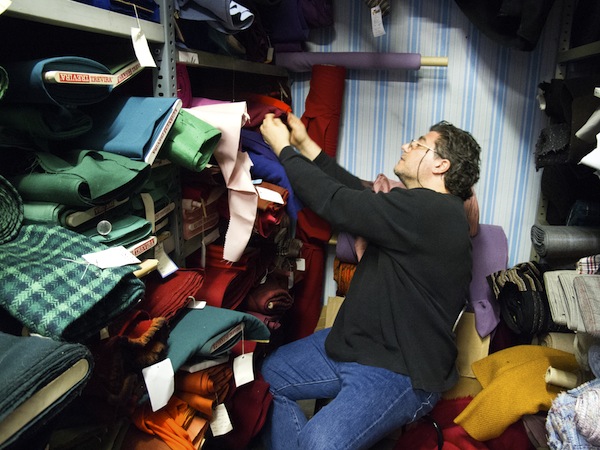
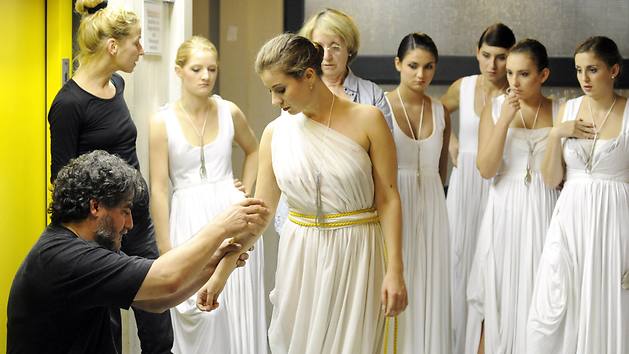
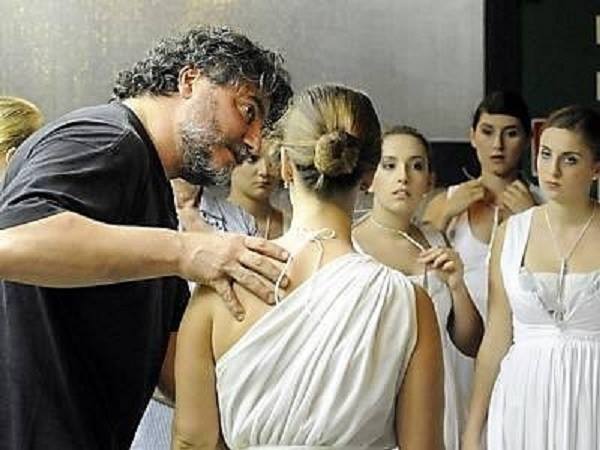
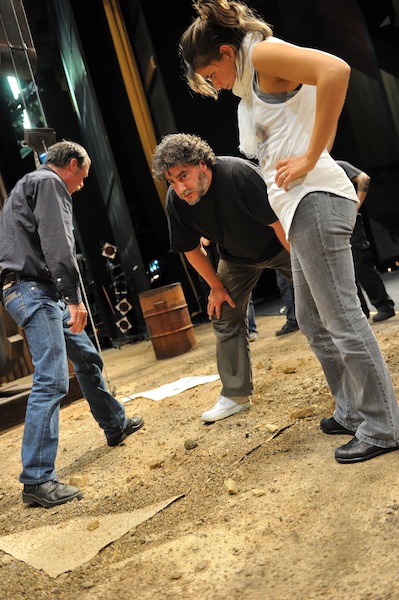
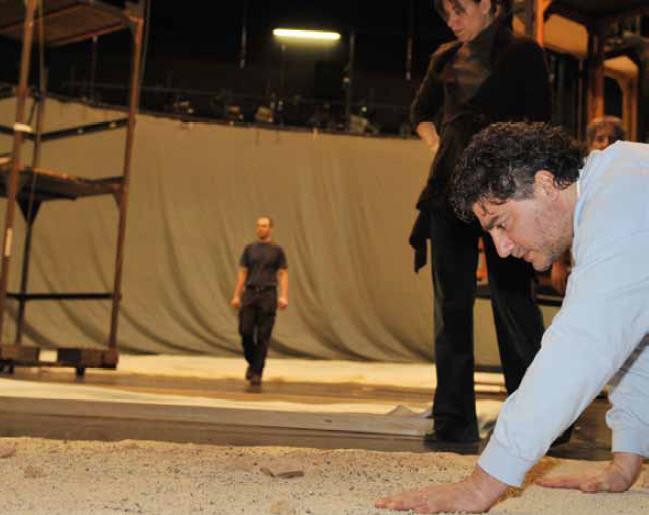
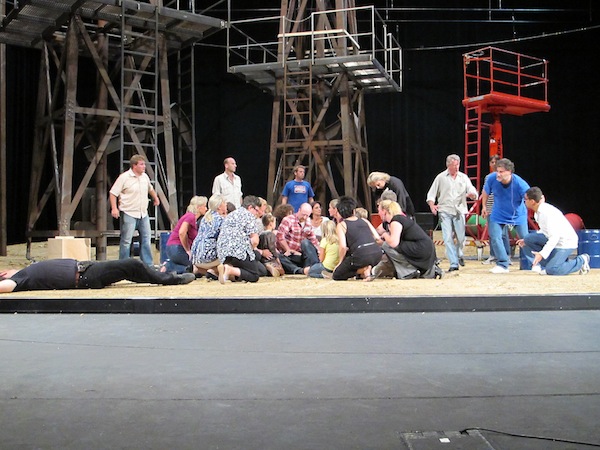
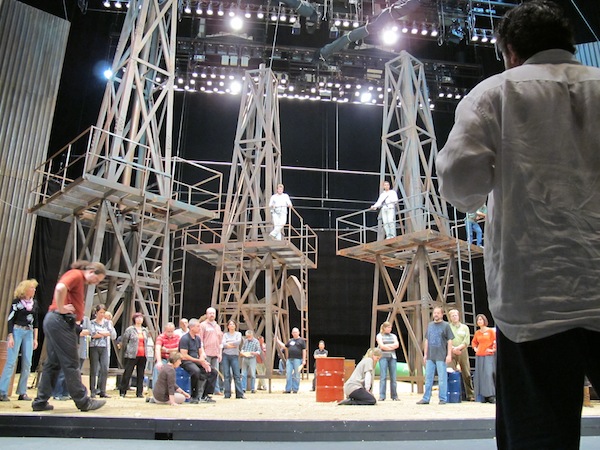
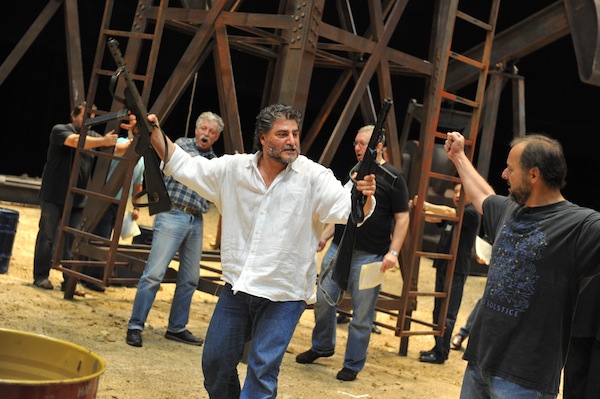
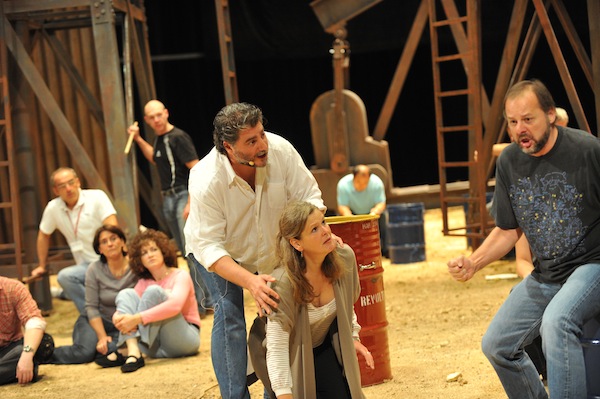
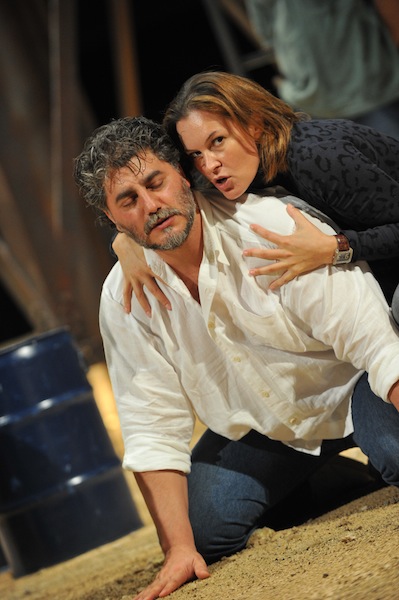
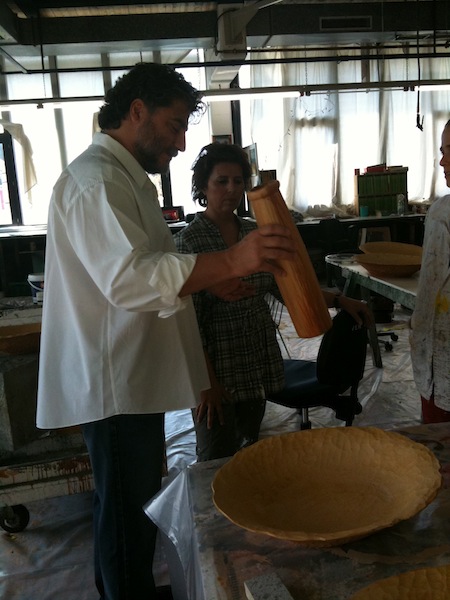
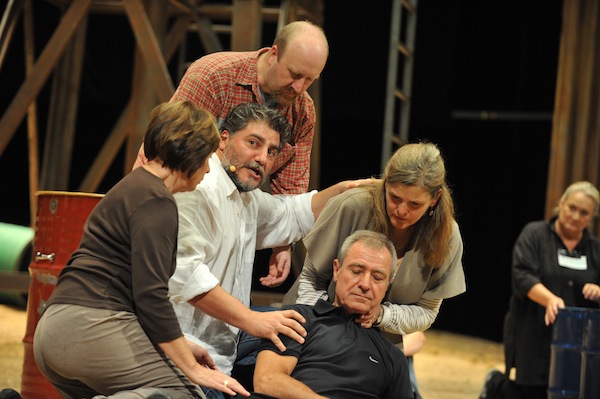
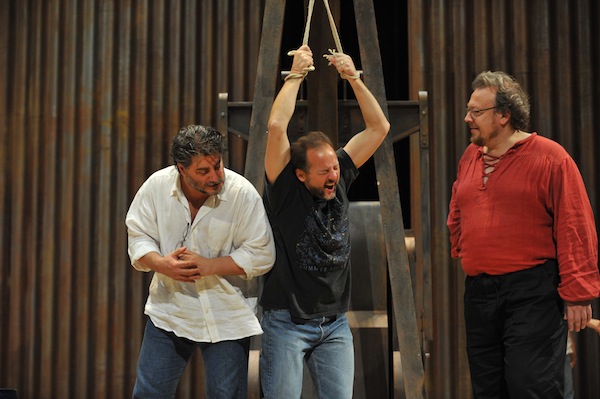
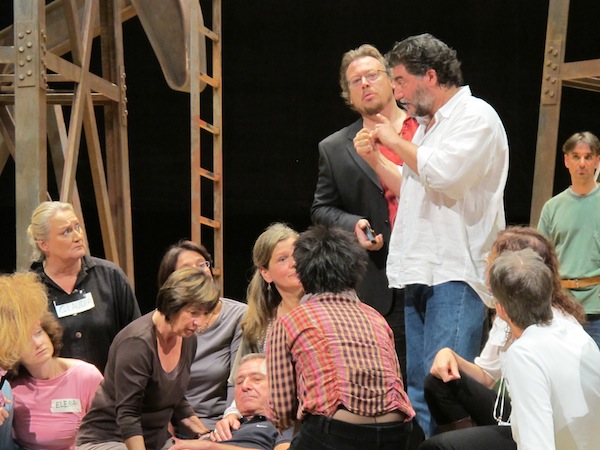
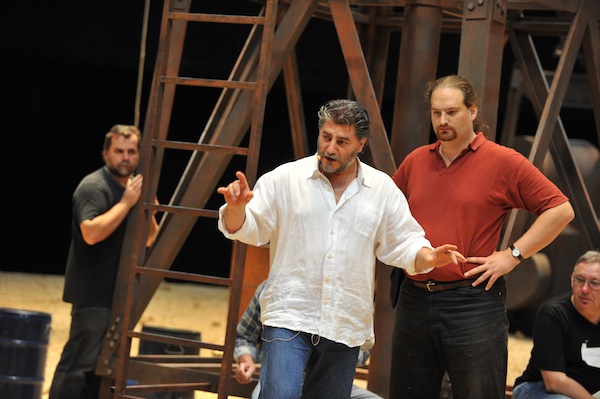
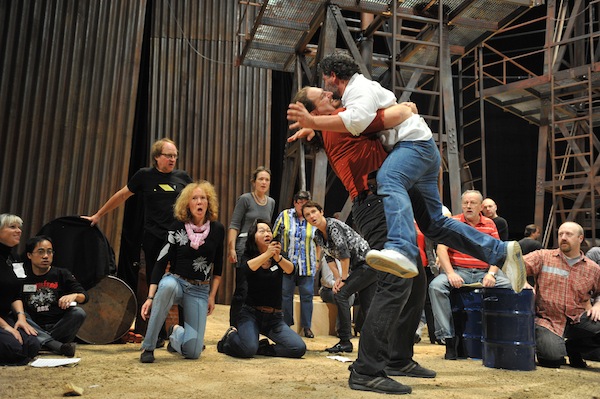
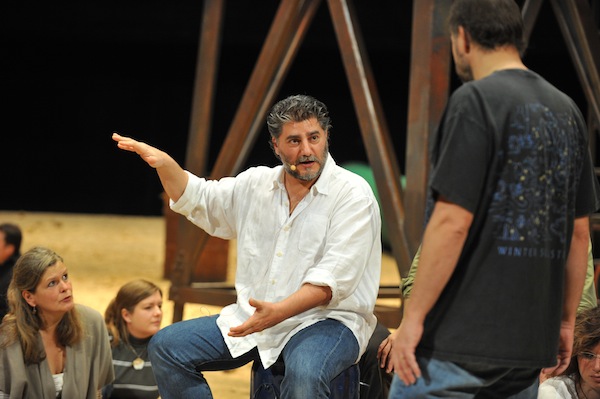
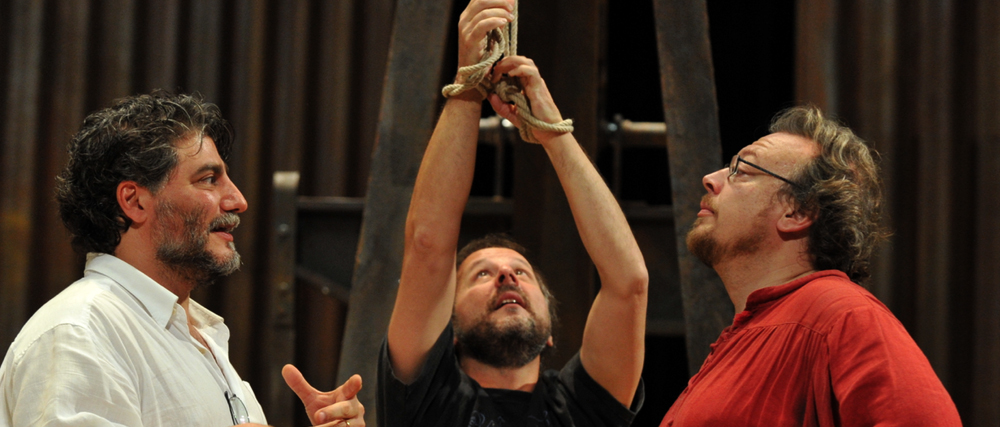
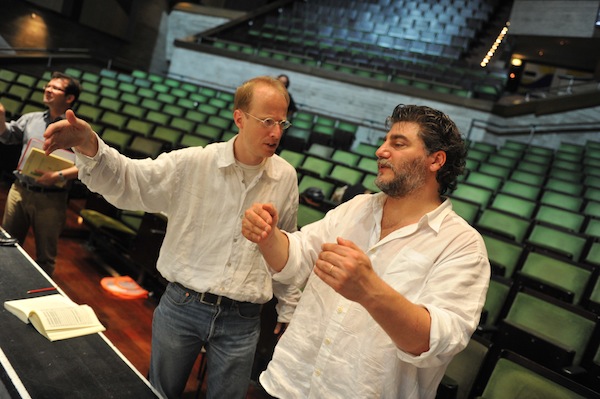
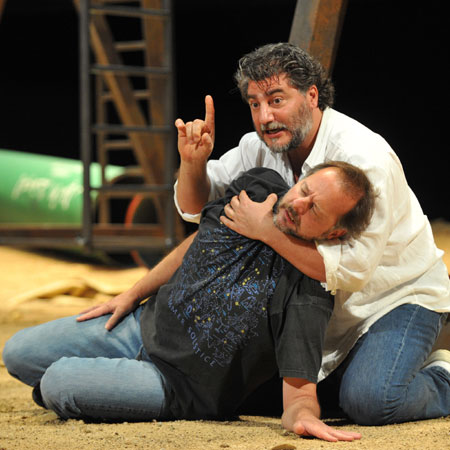
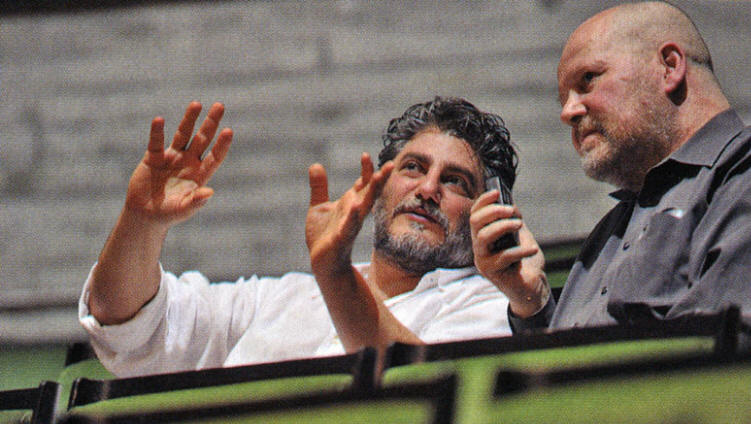
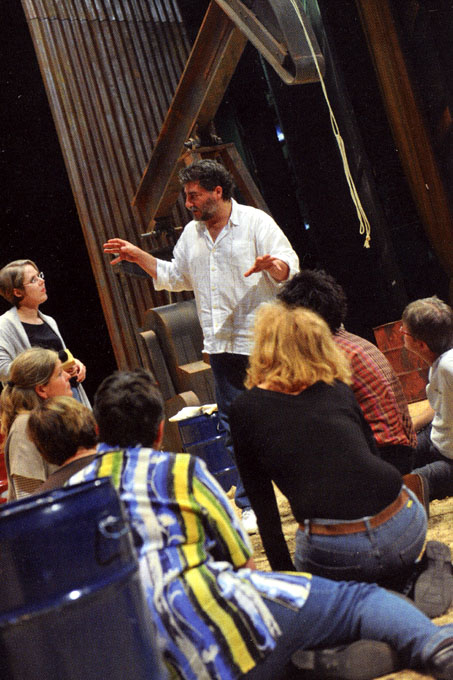
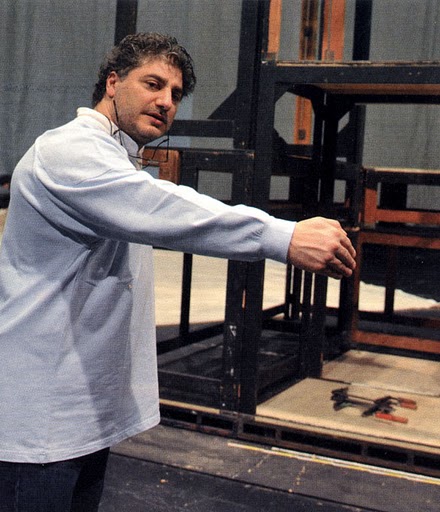
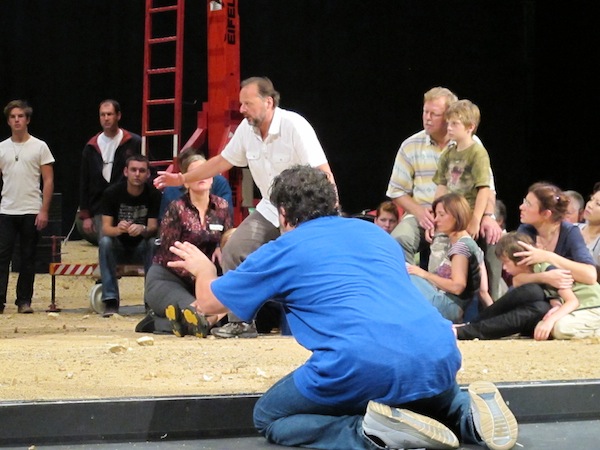
.jpg)
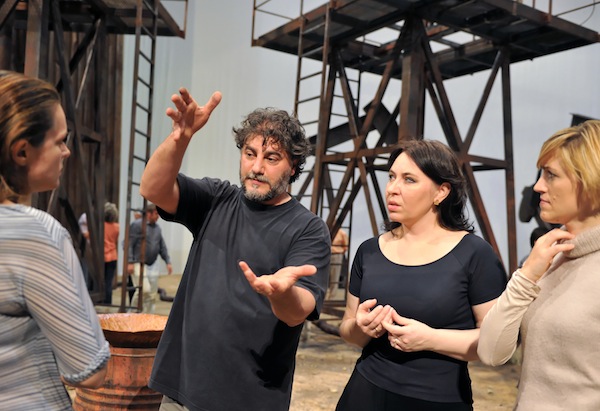
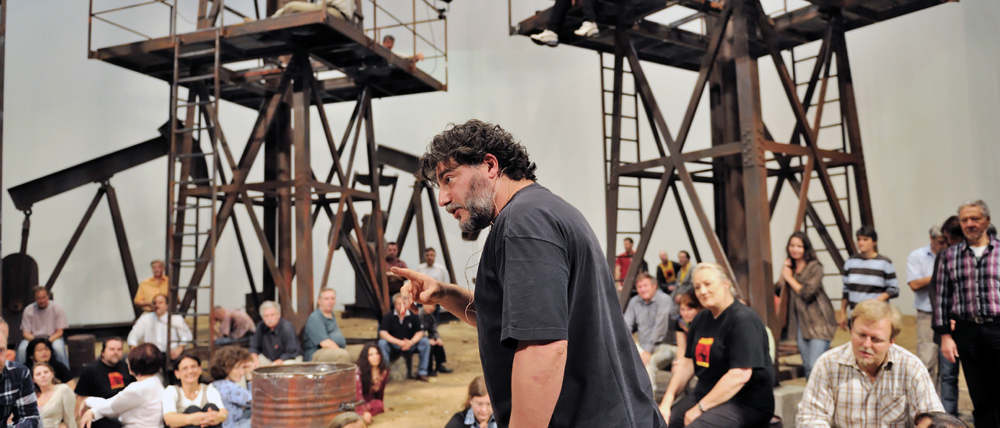
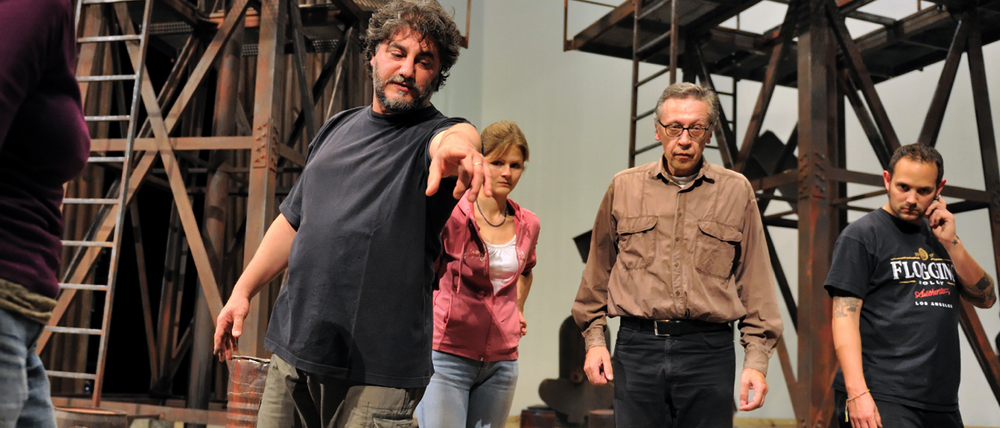
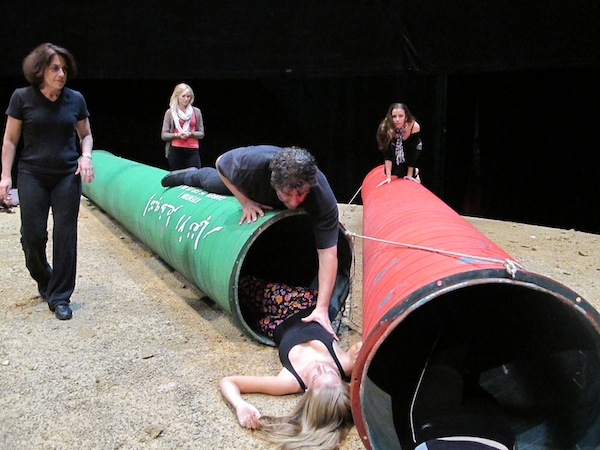
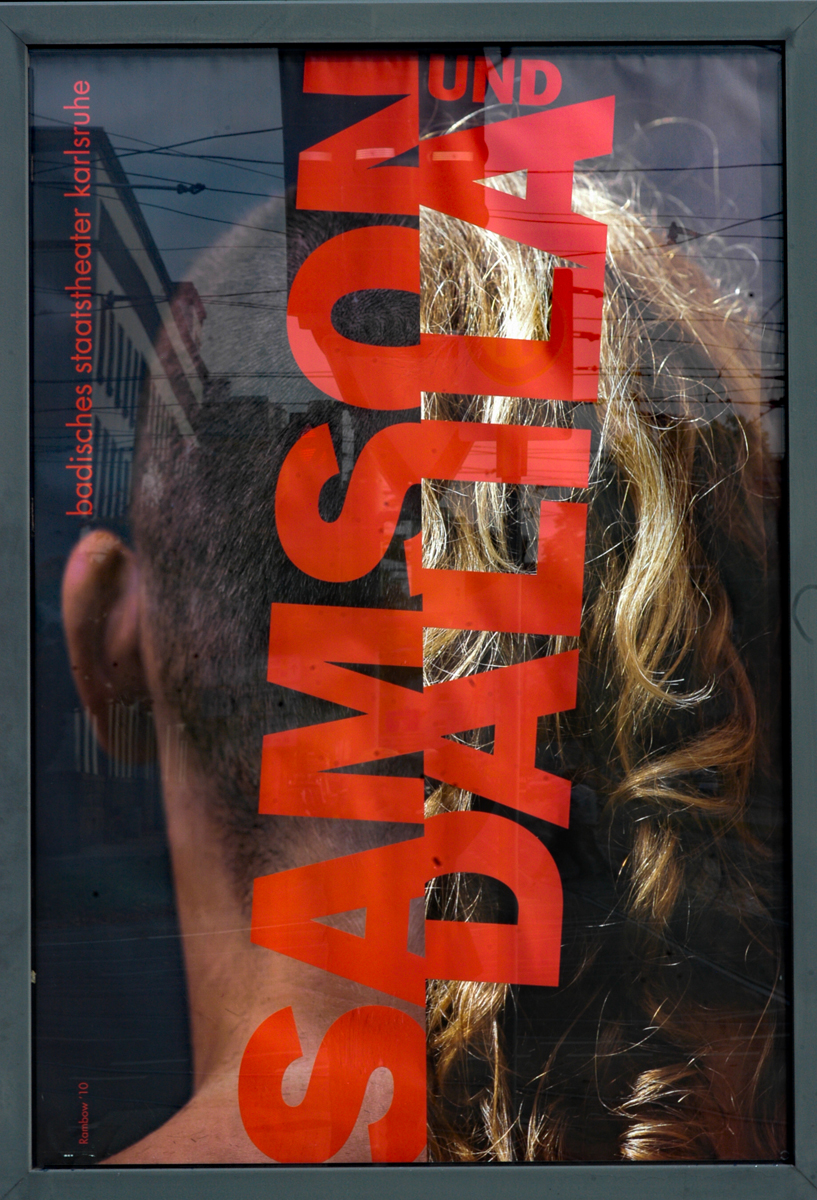
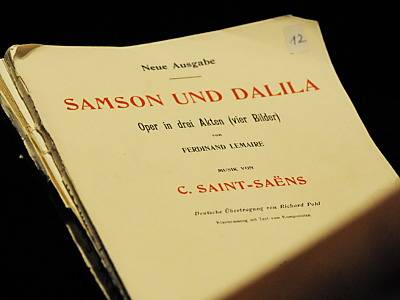
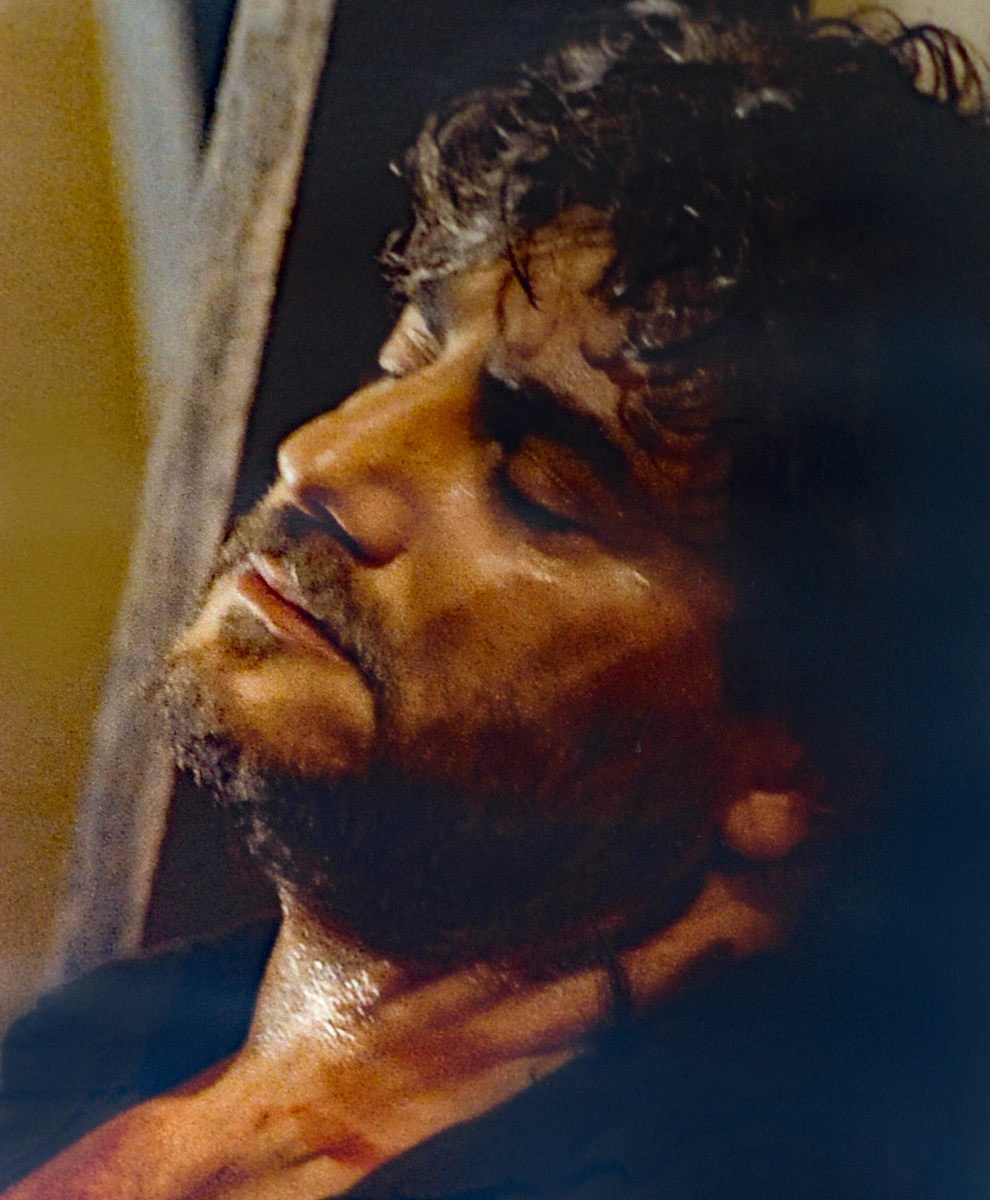
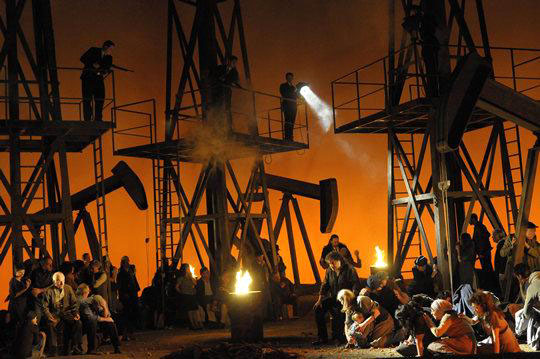
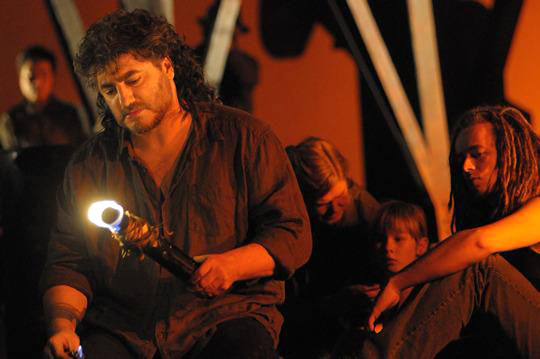
.jpg)
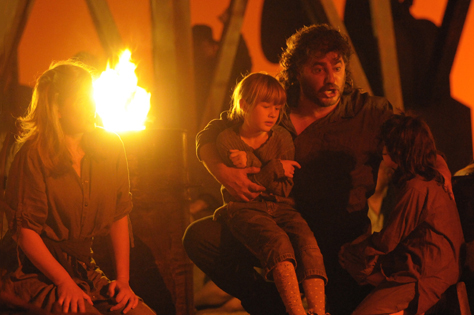
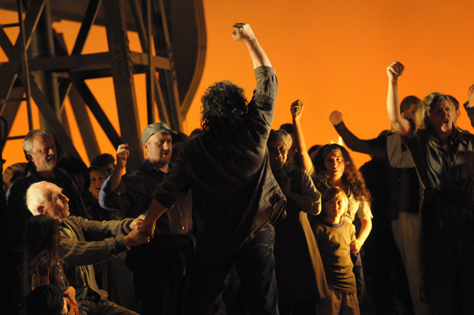
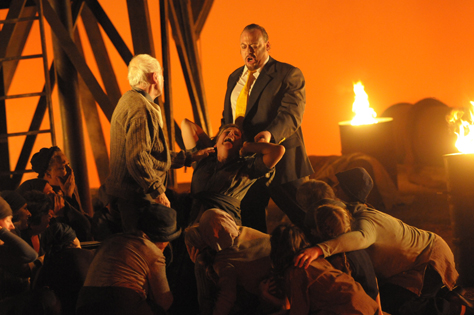
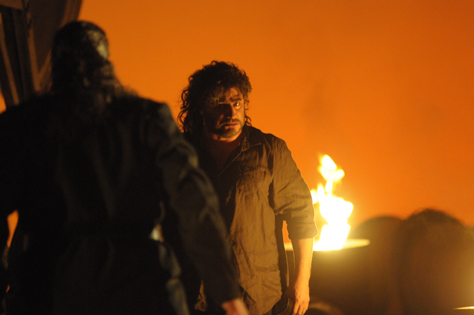
.jpg)
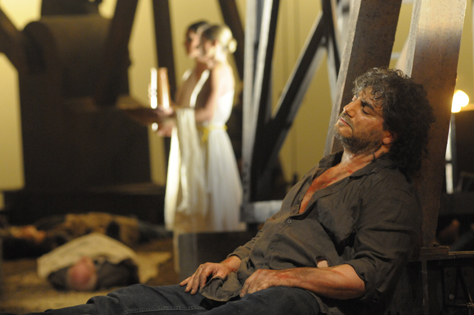
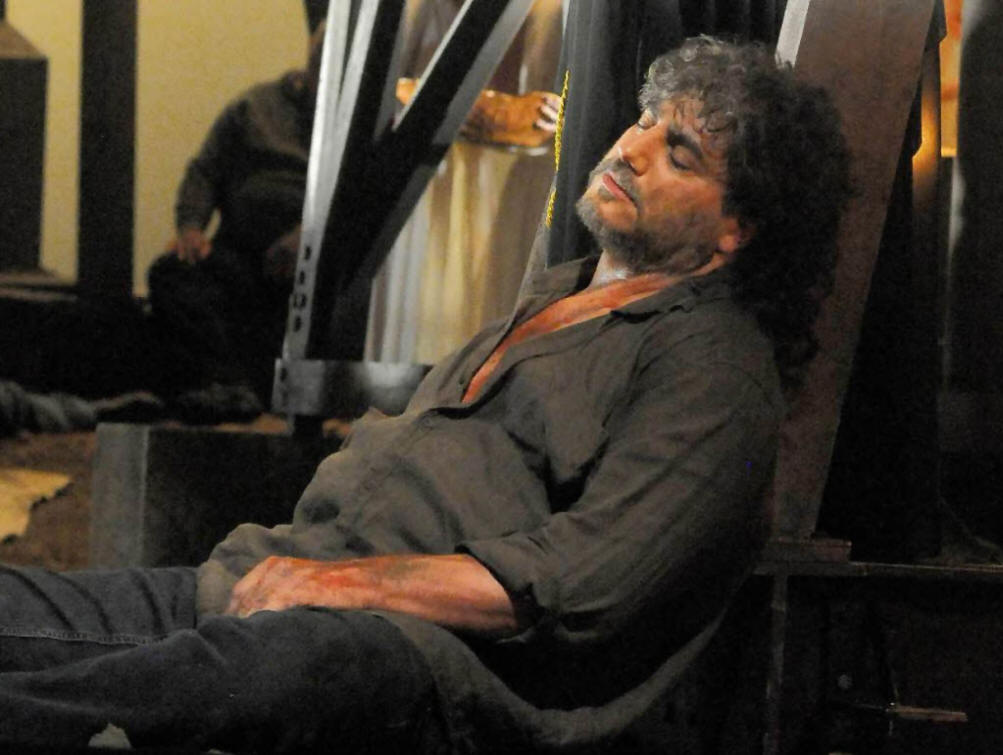
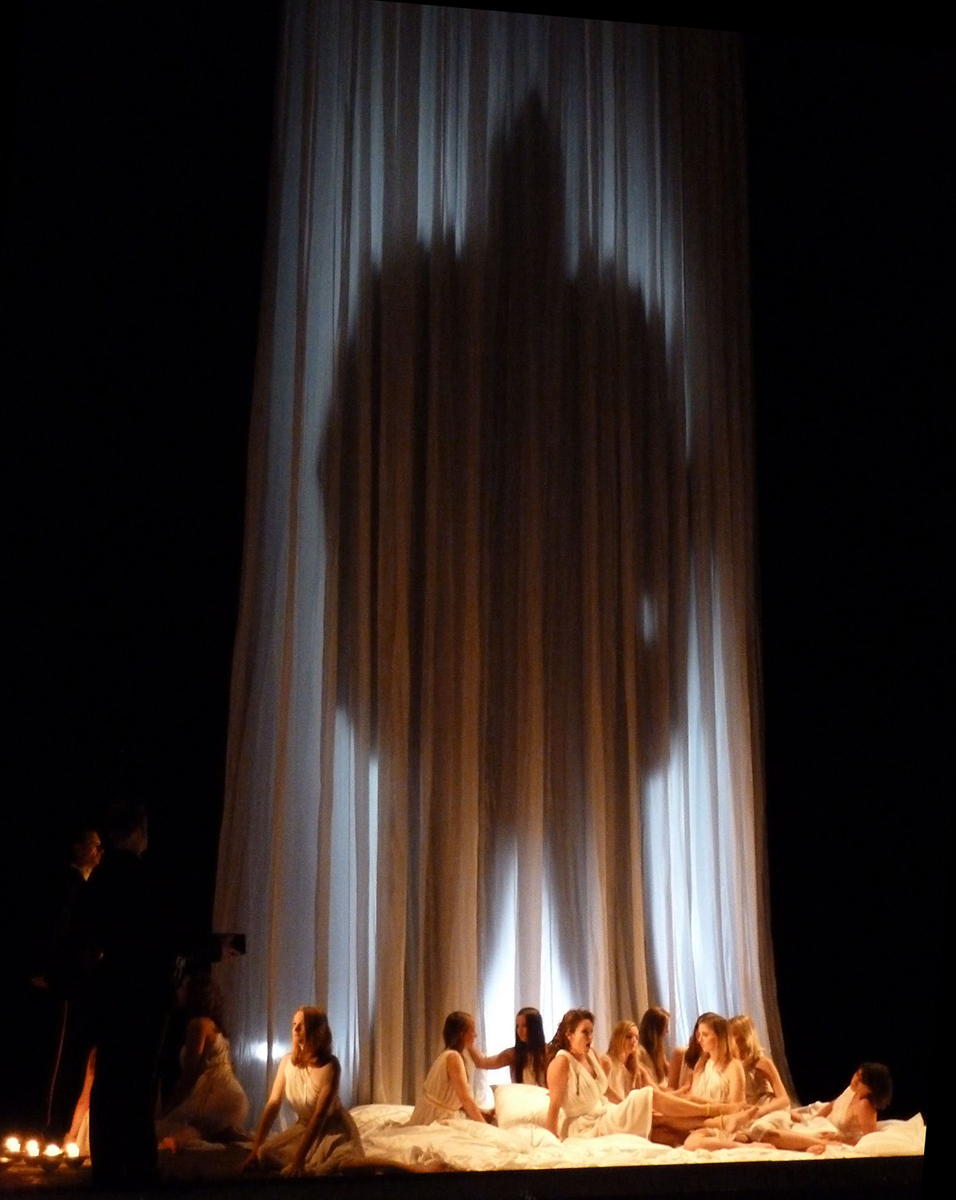
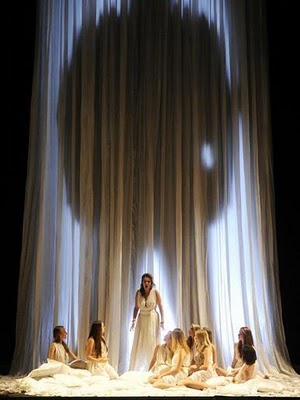
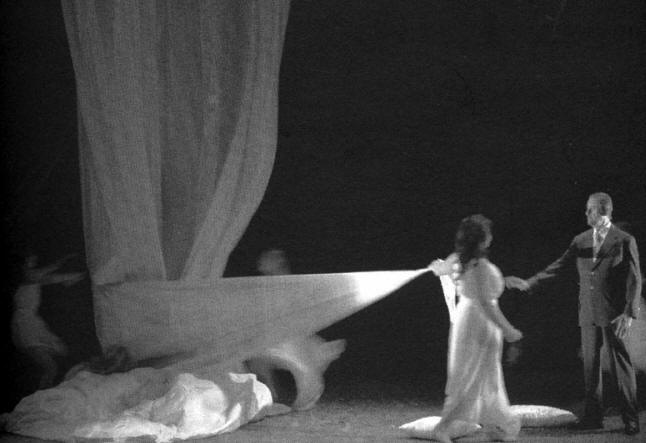
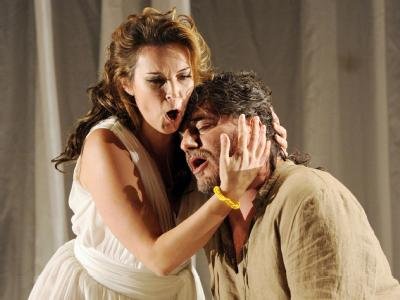
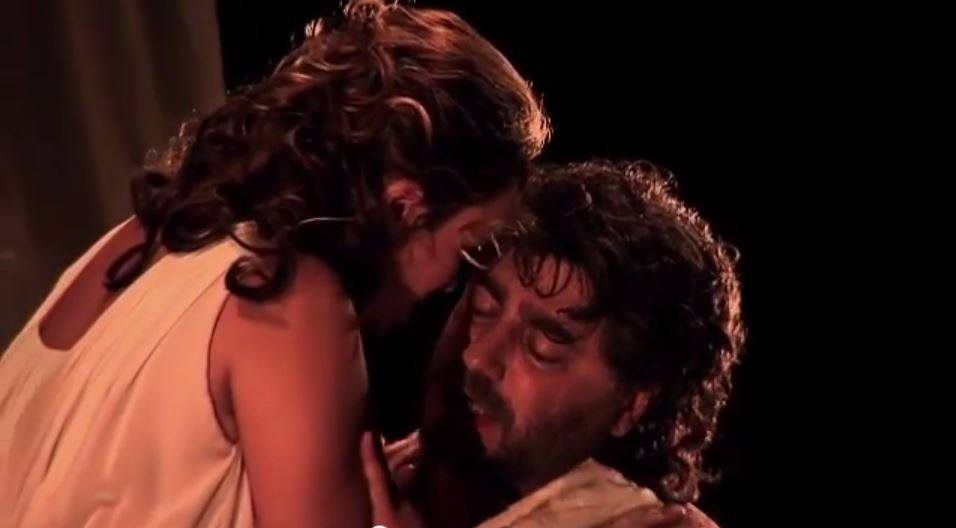
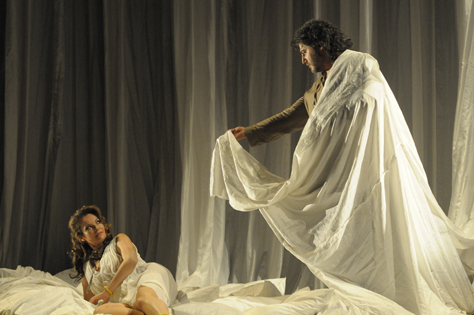
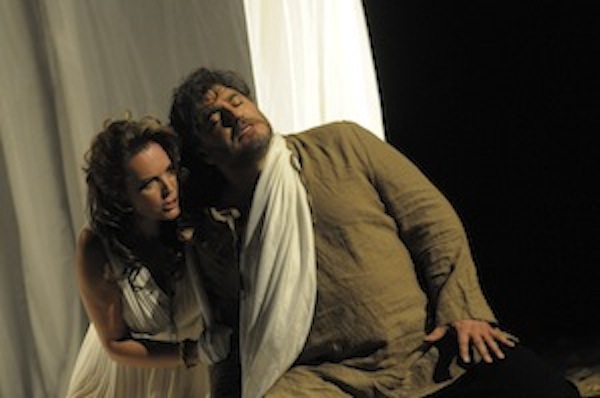
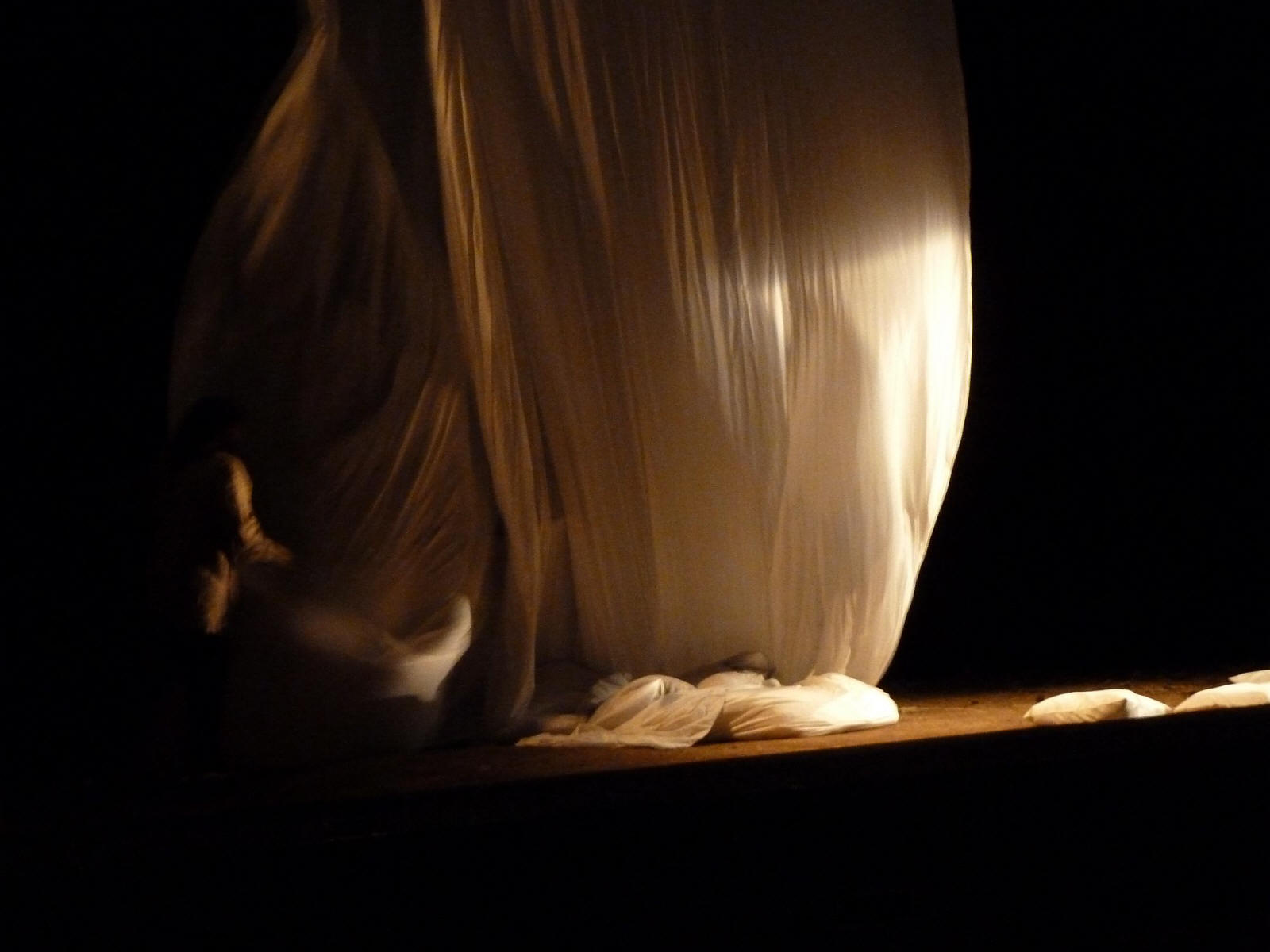
.jpg)
